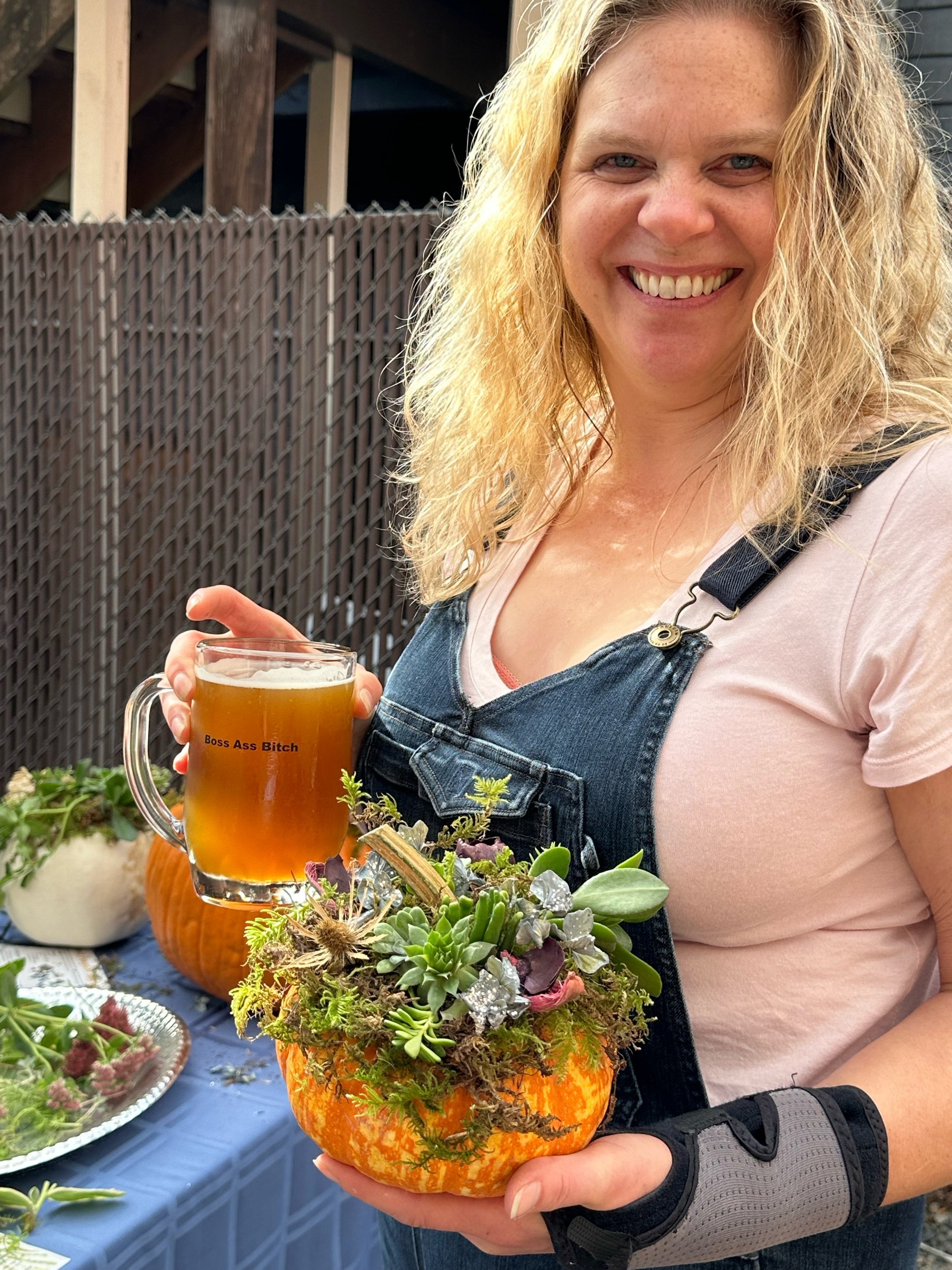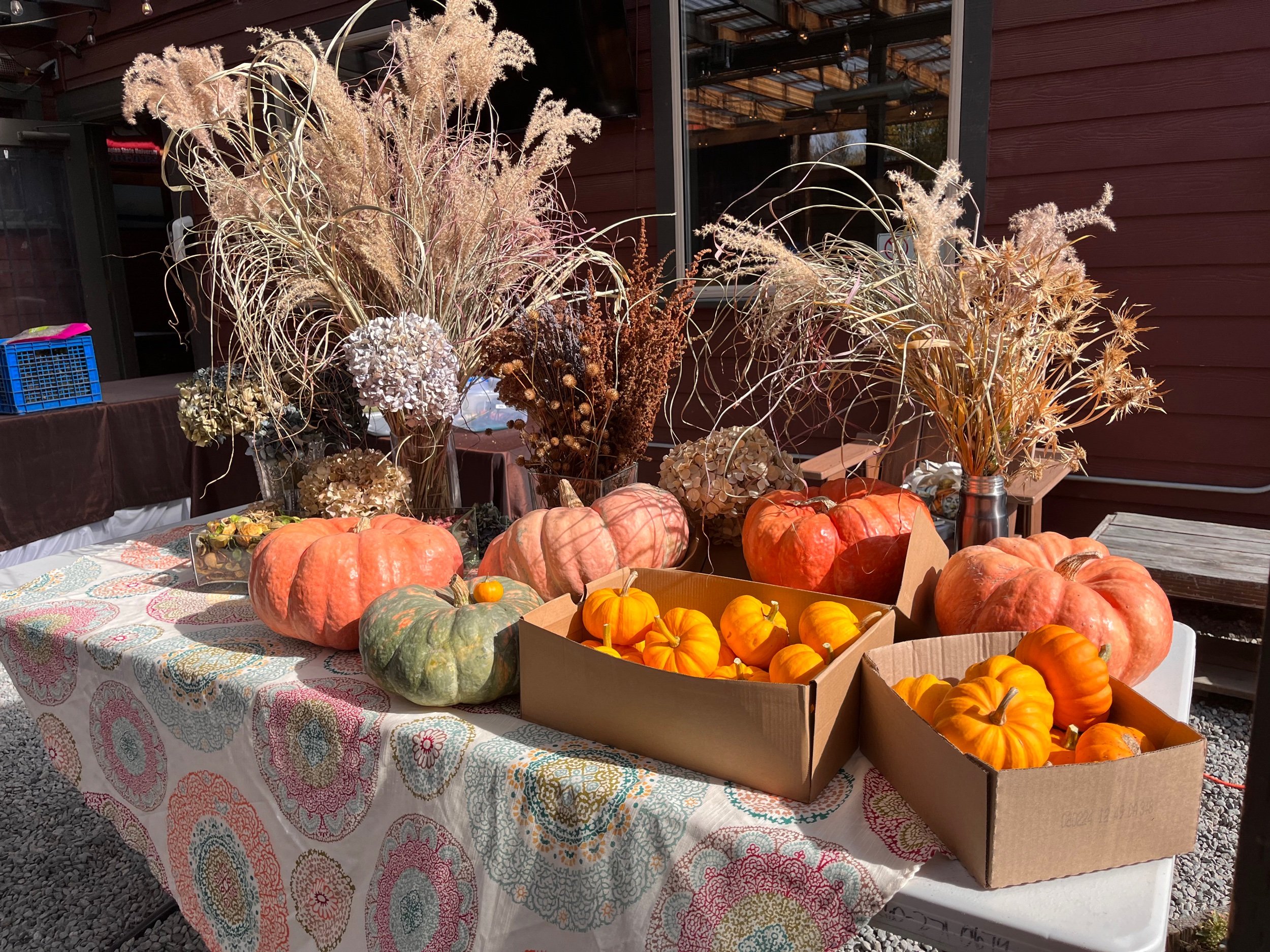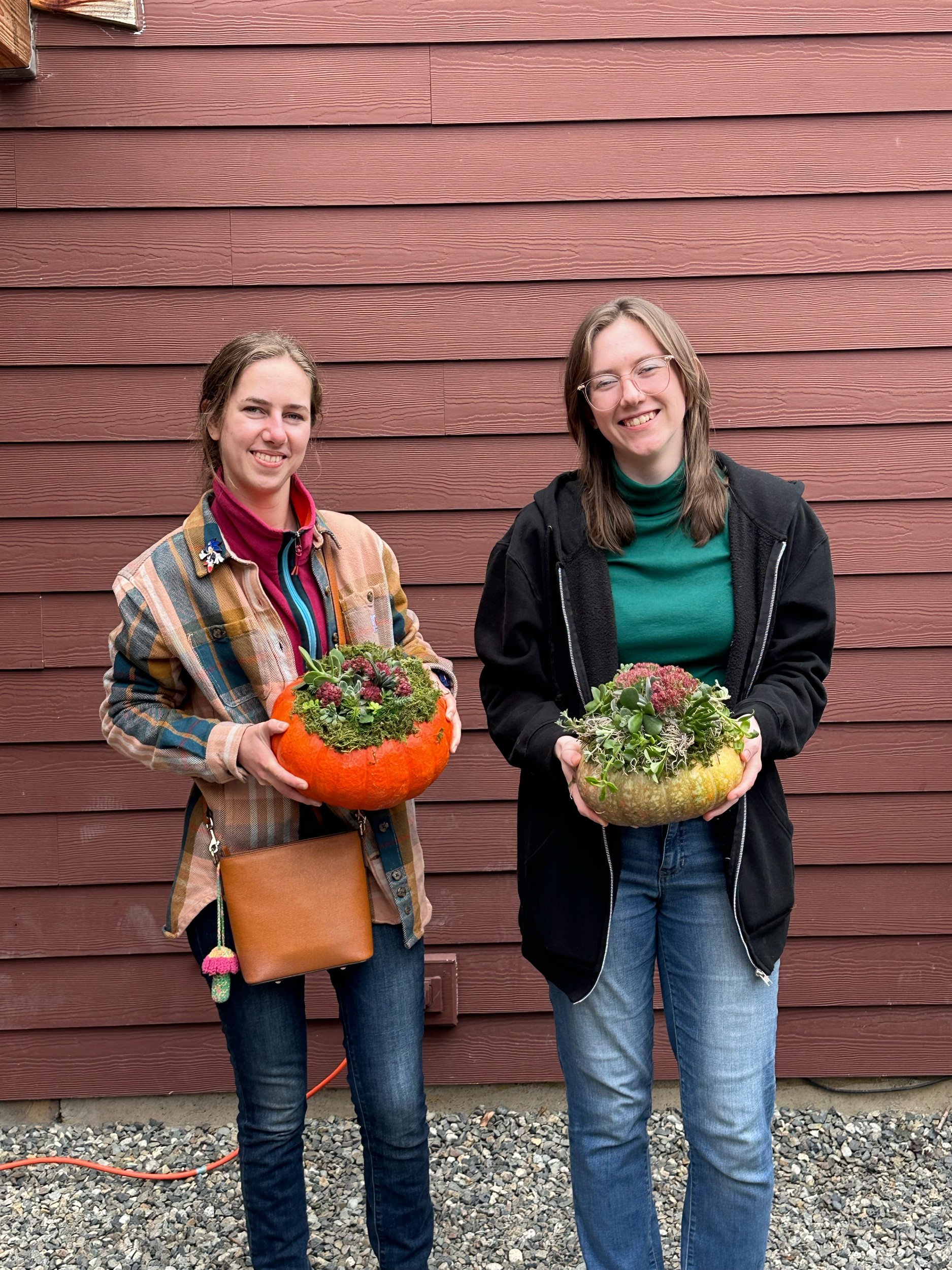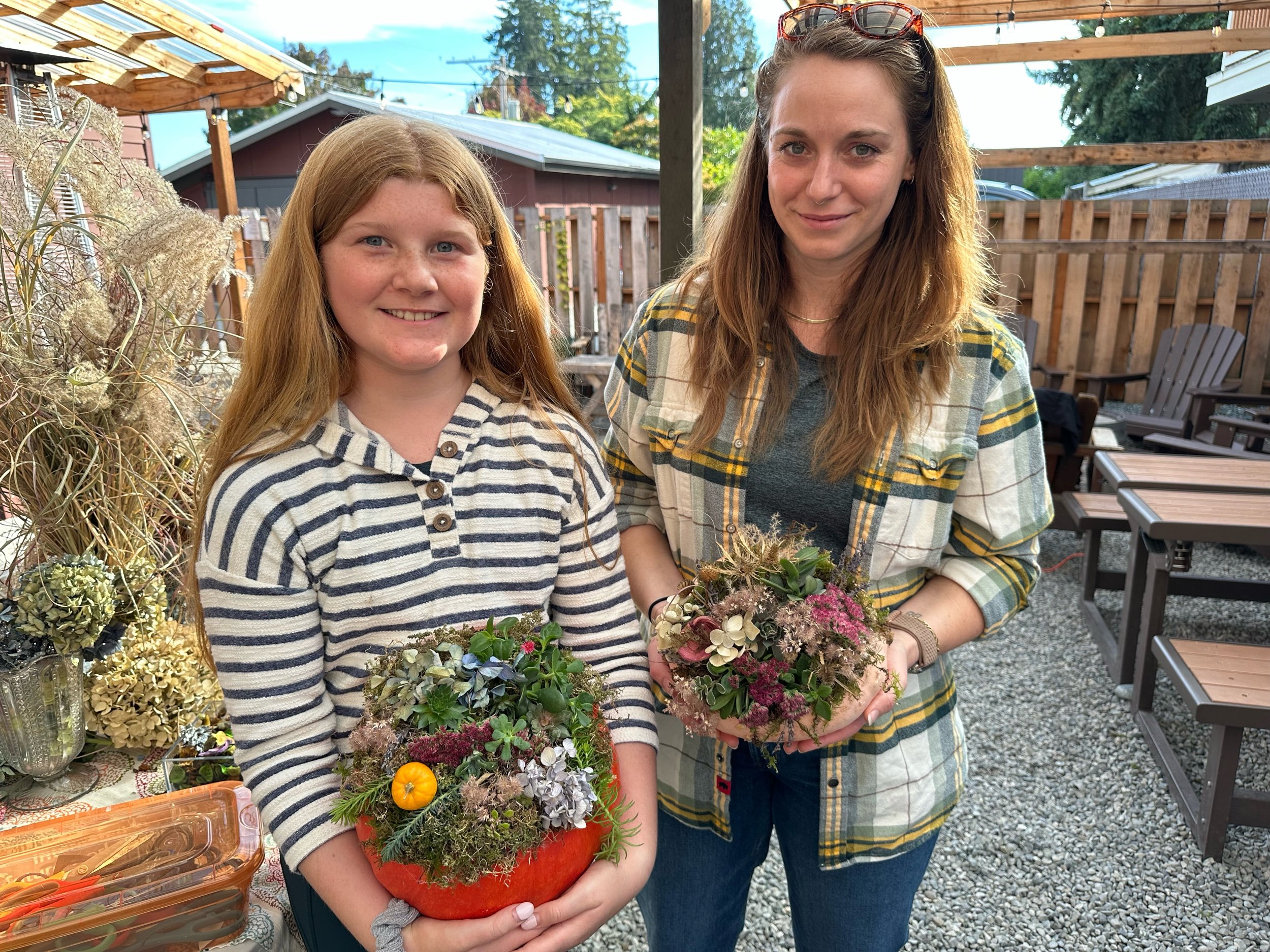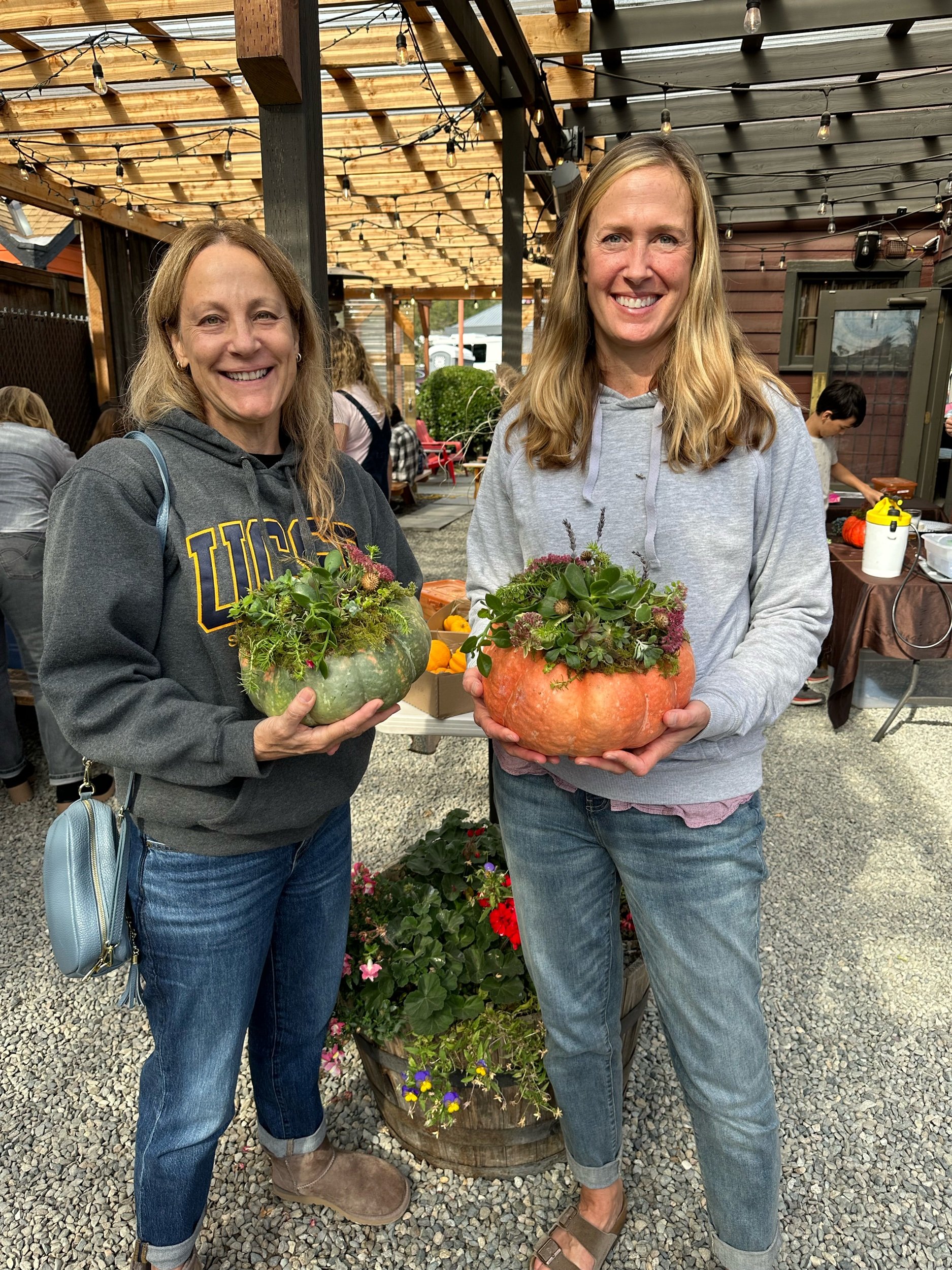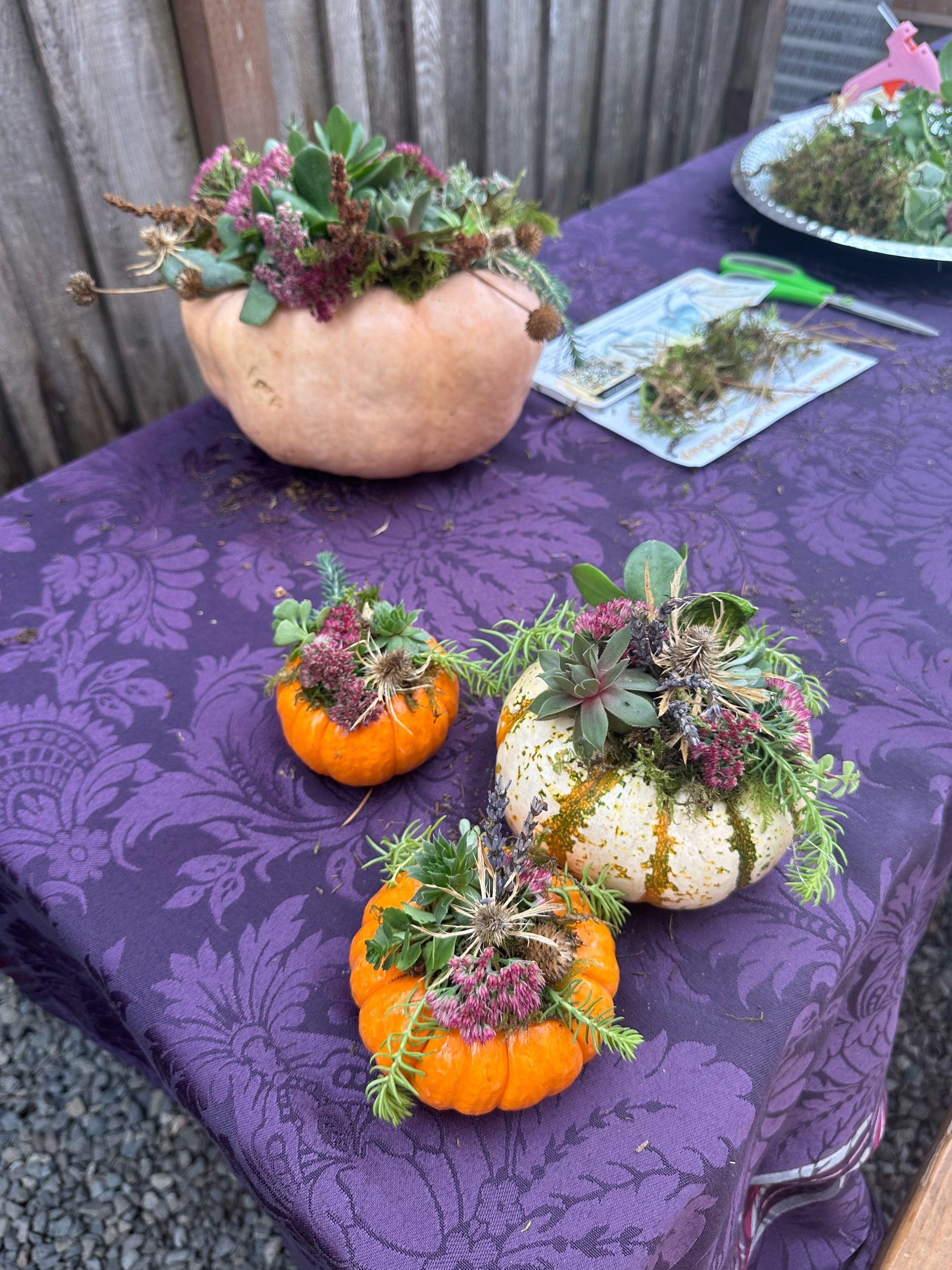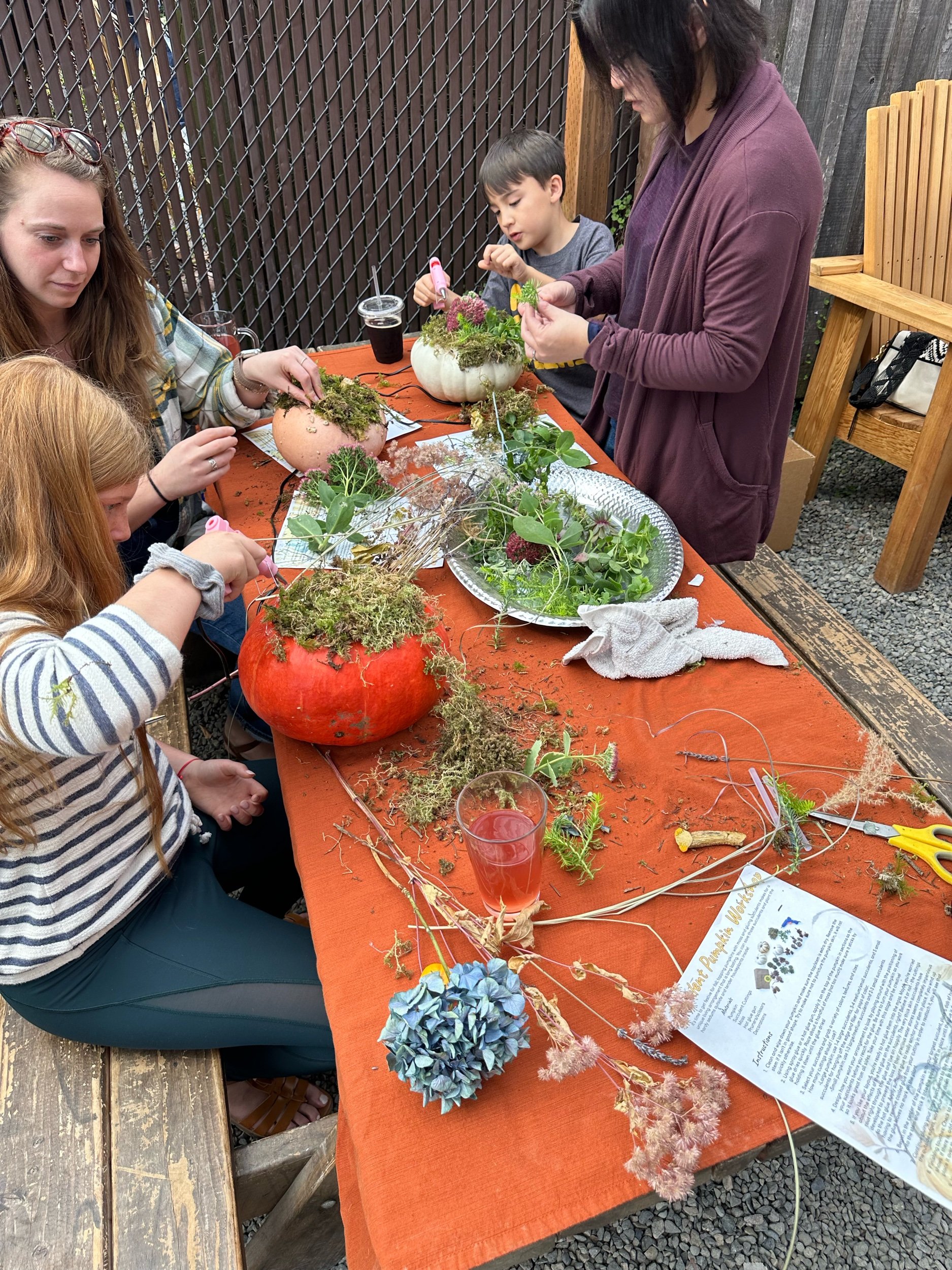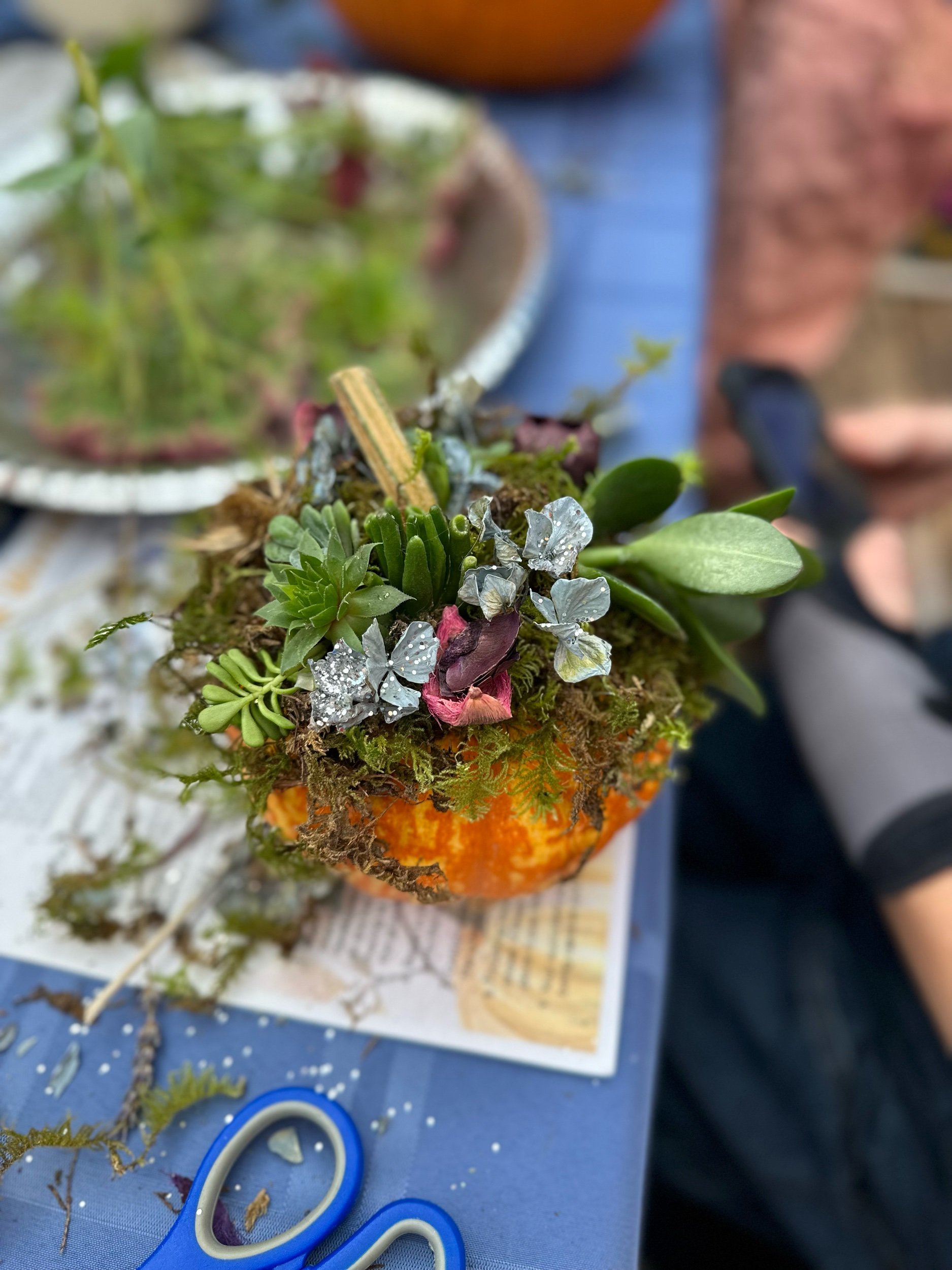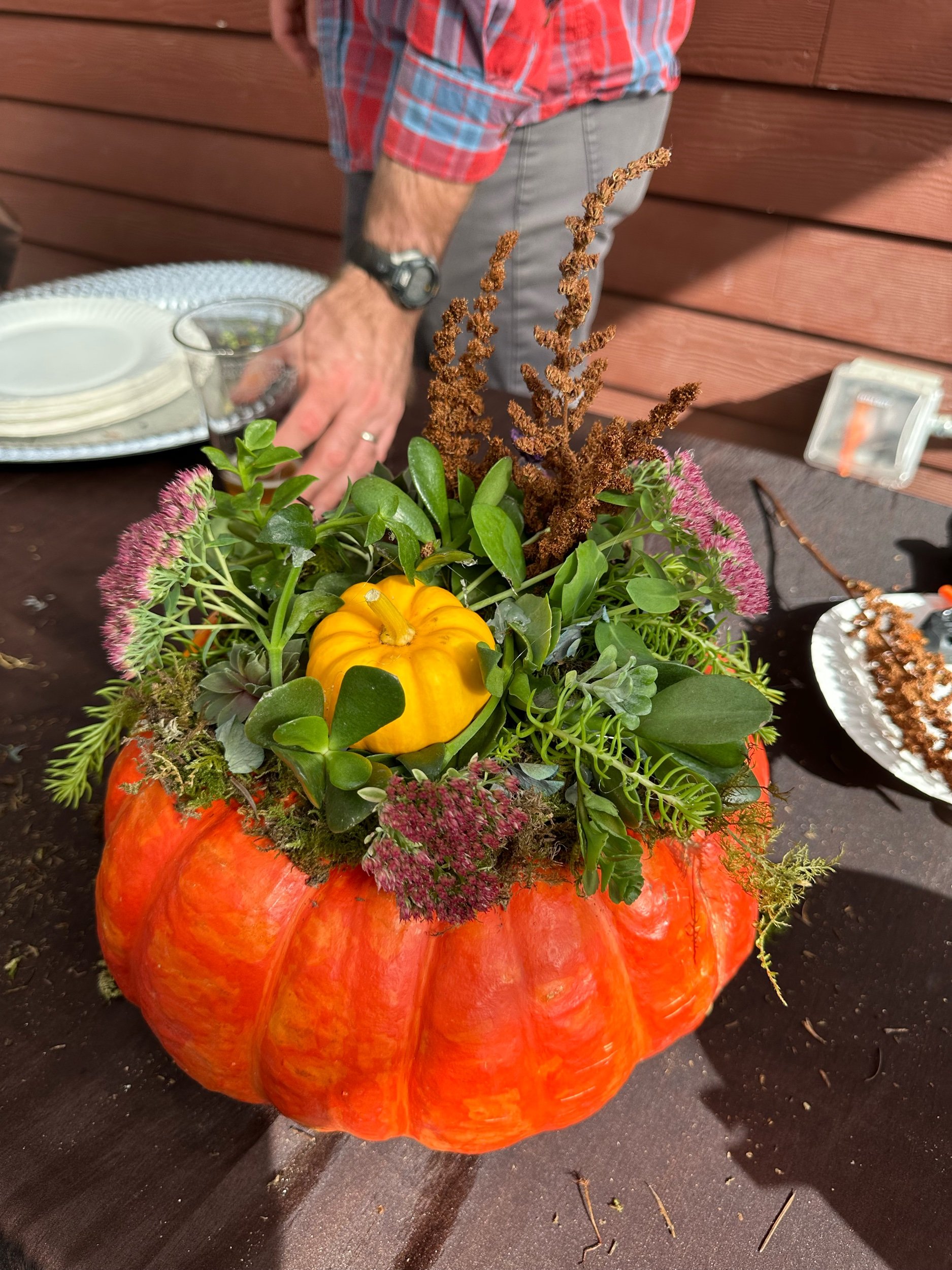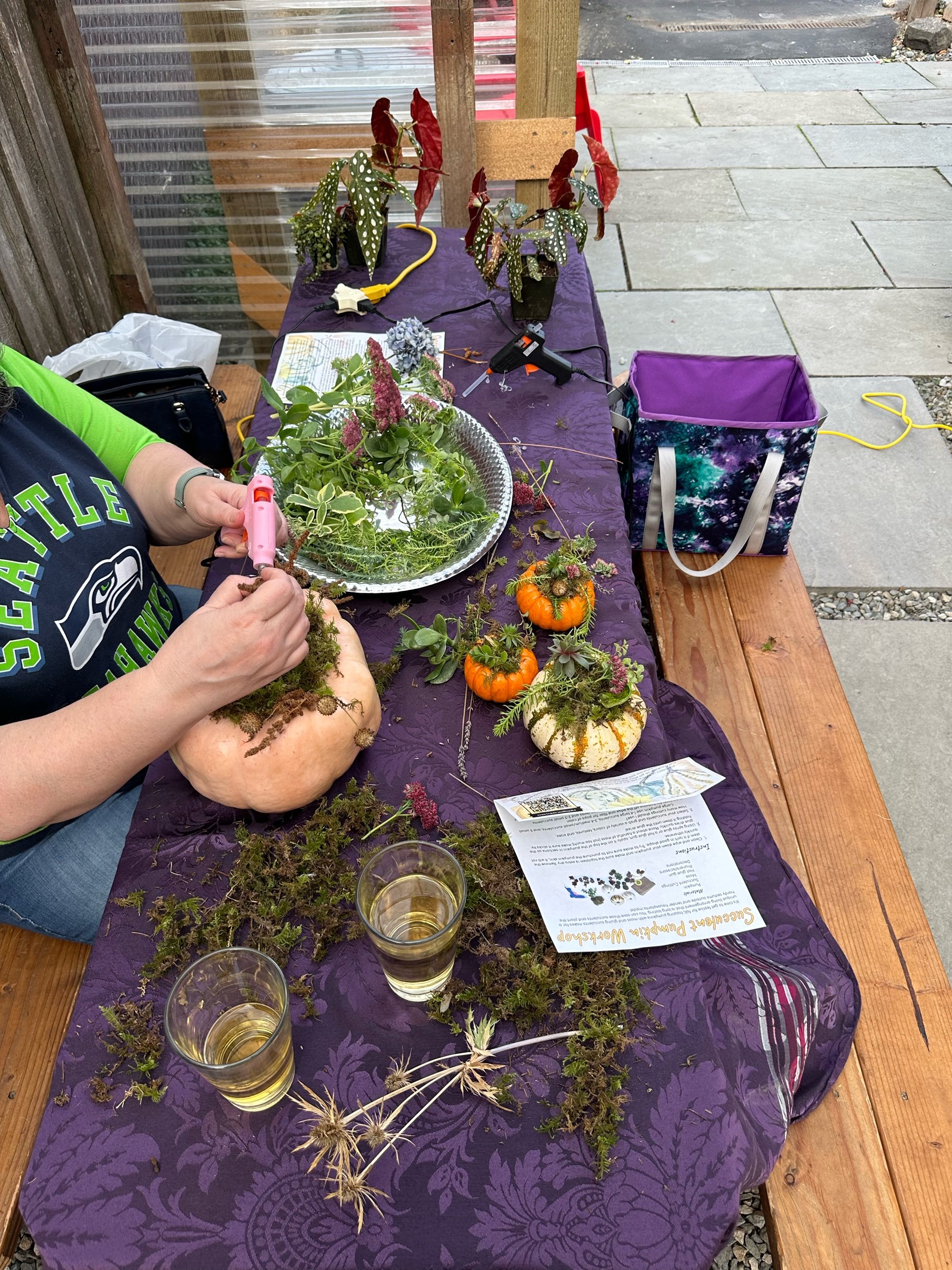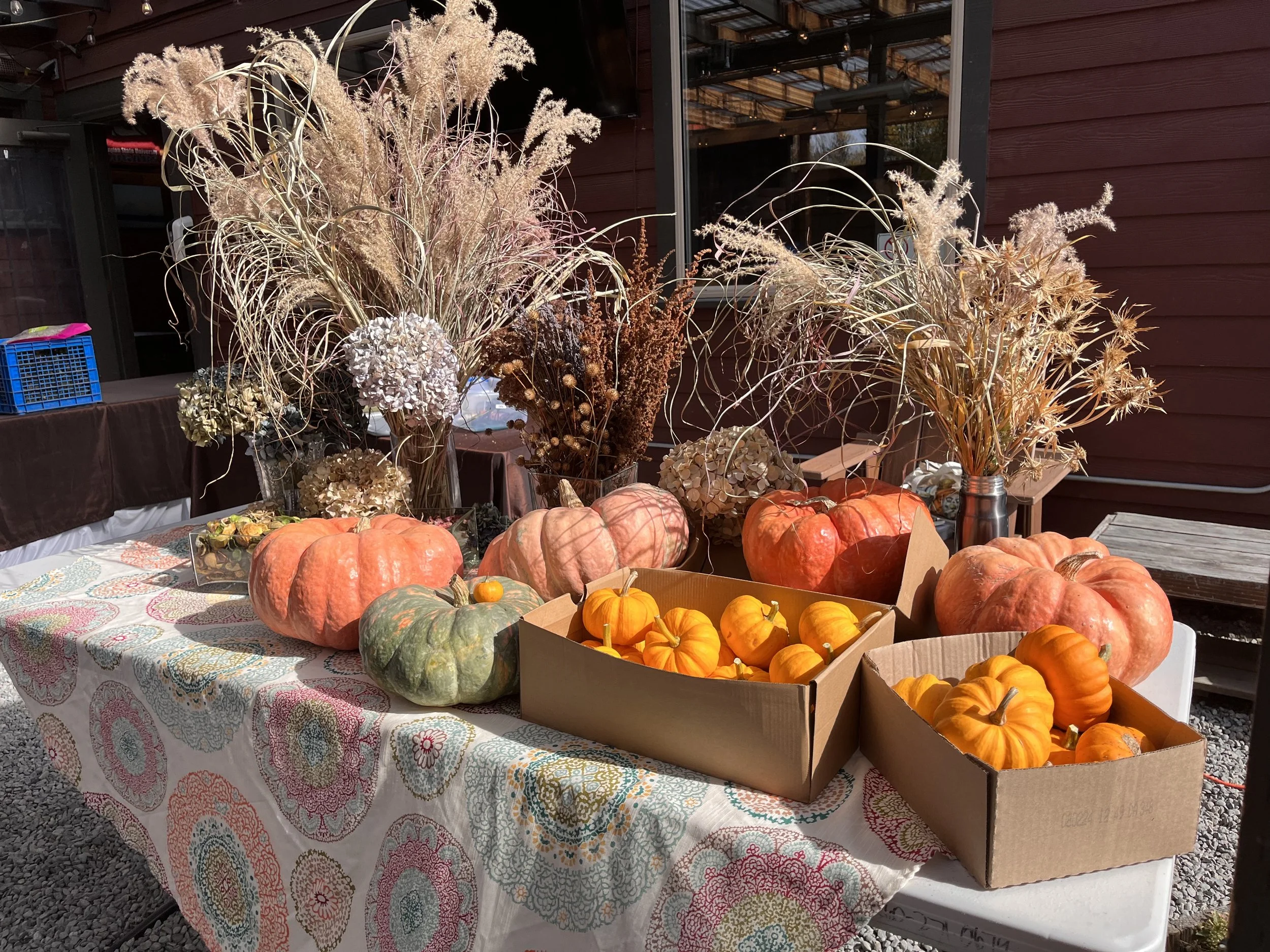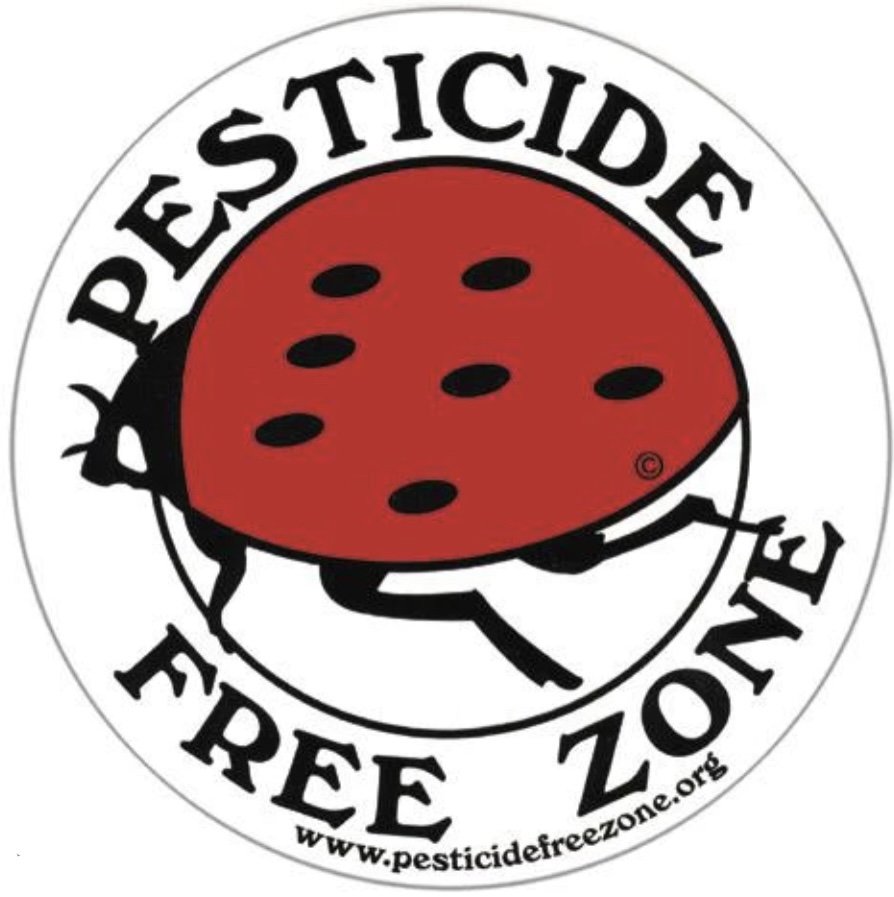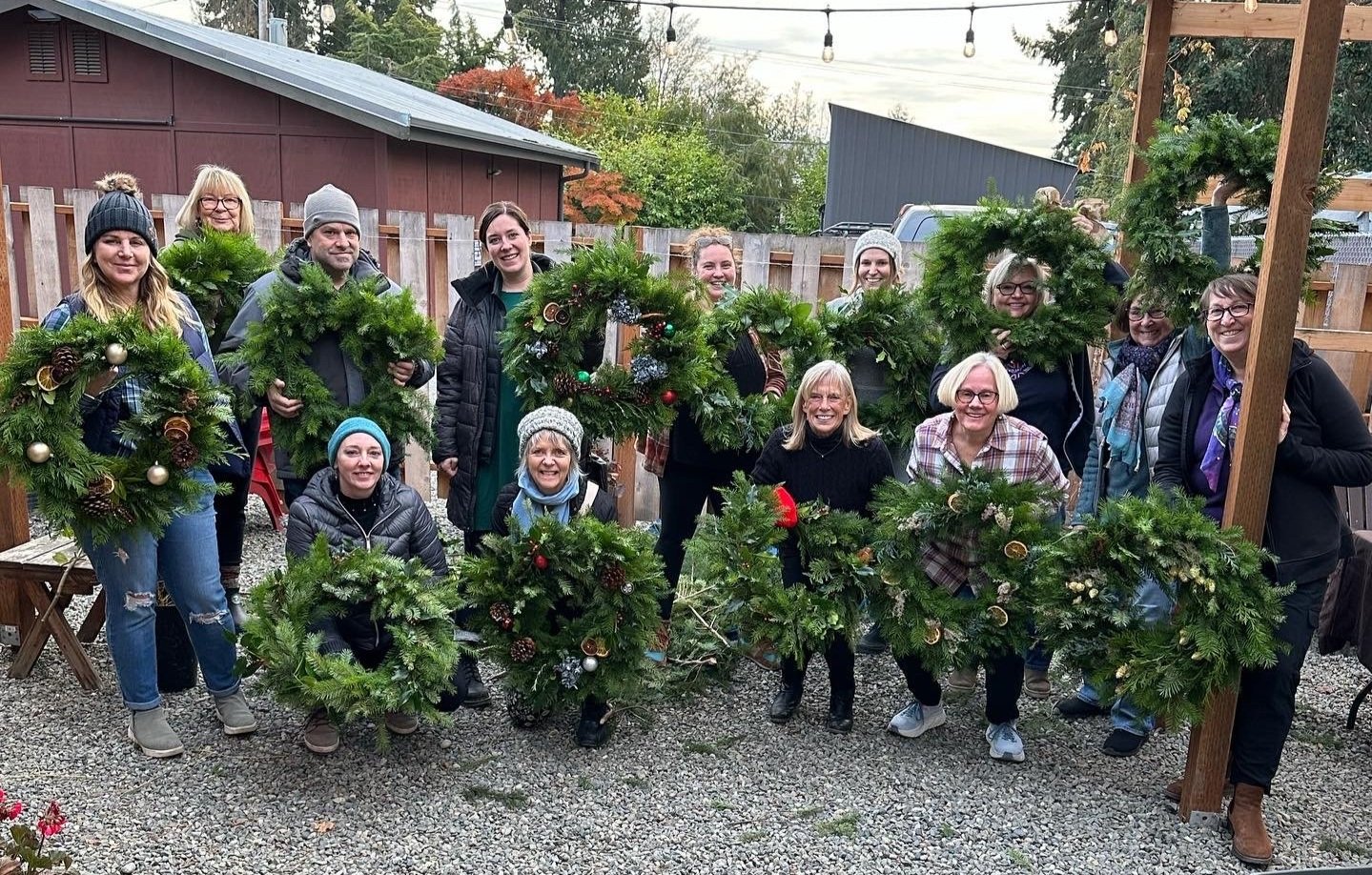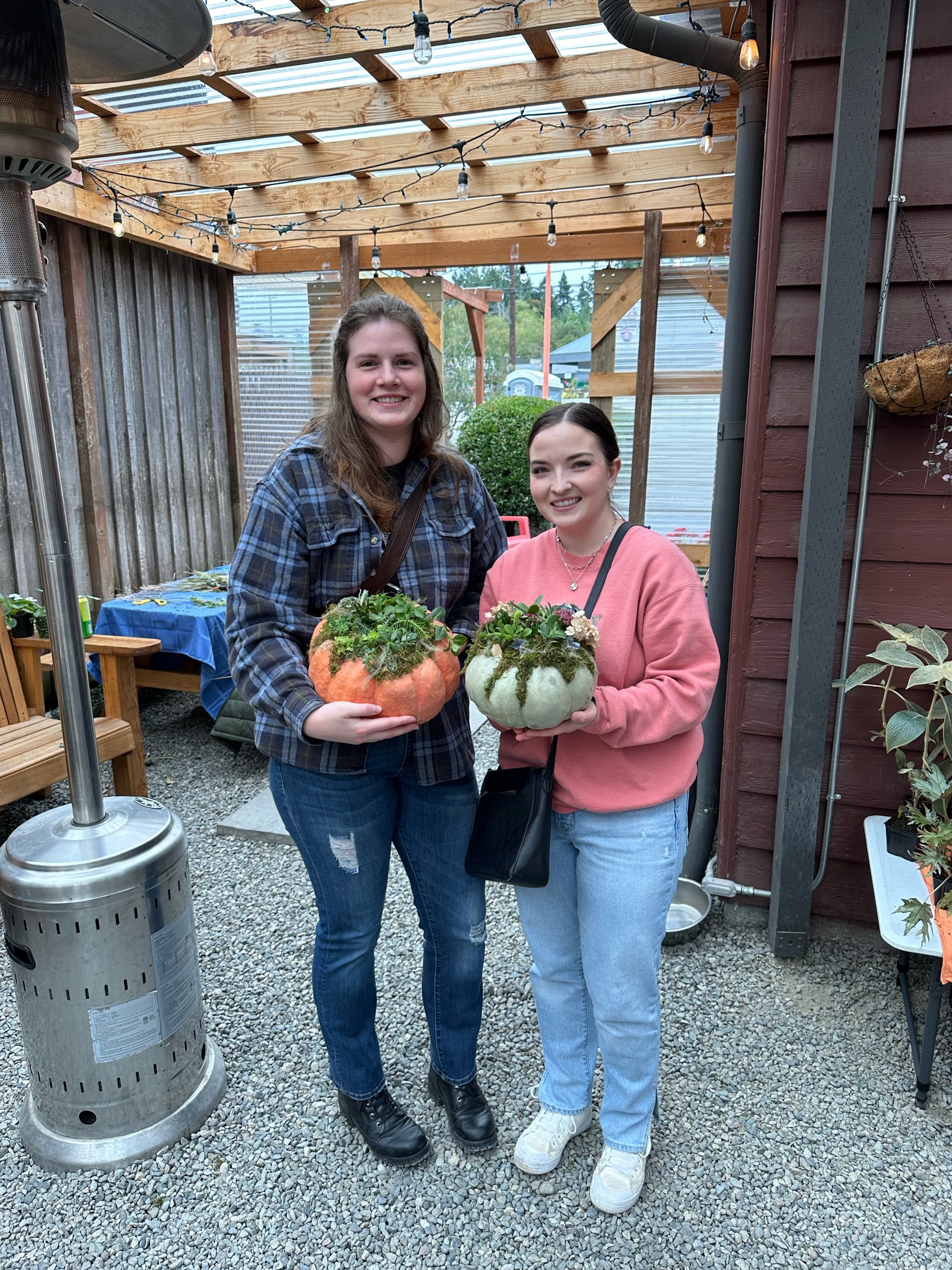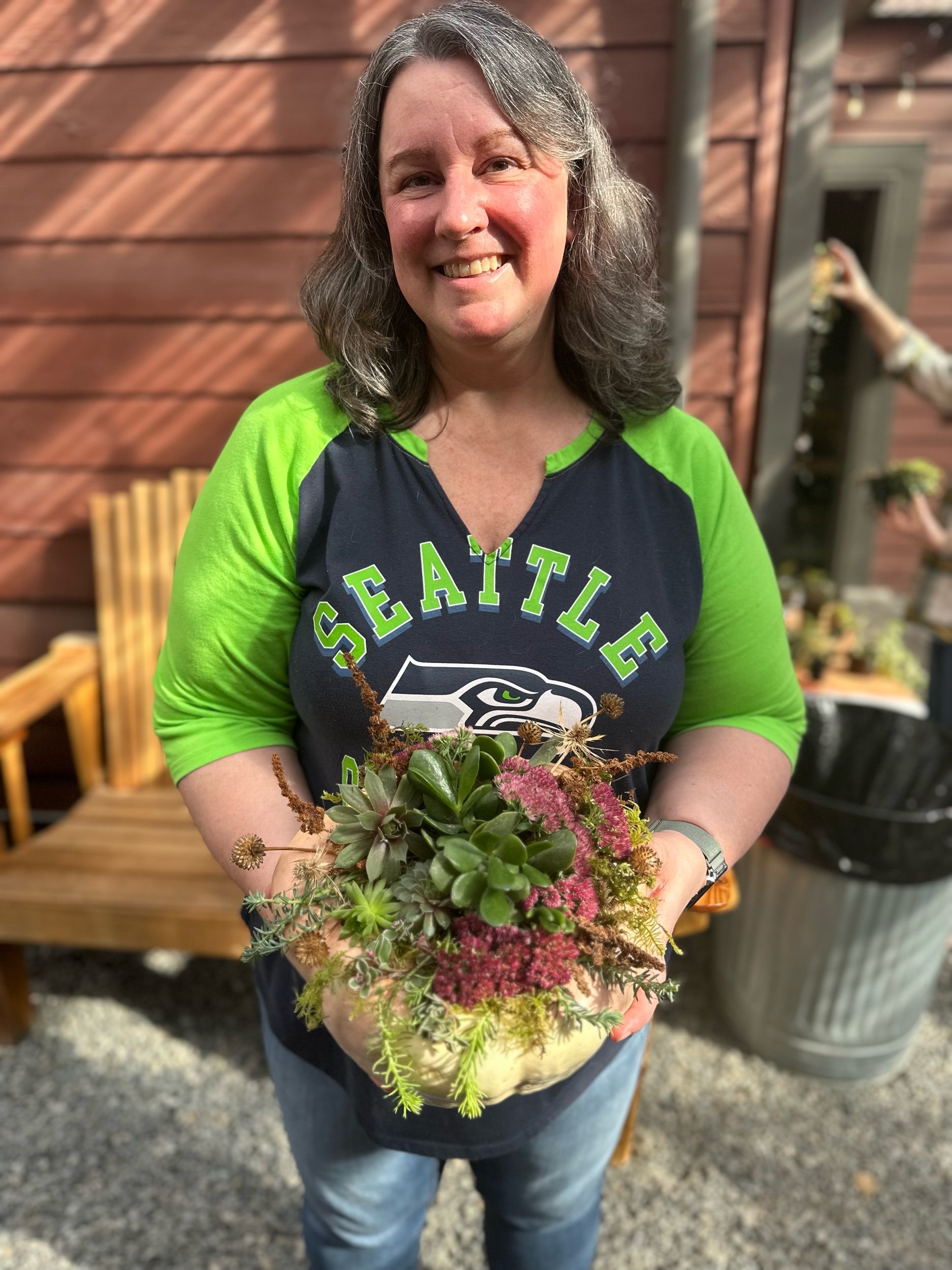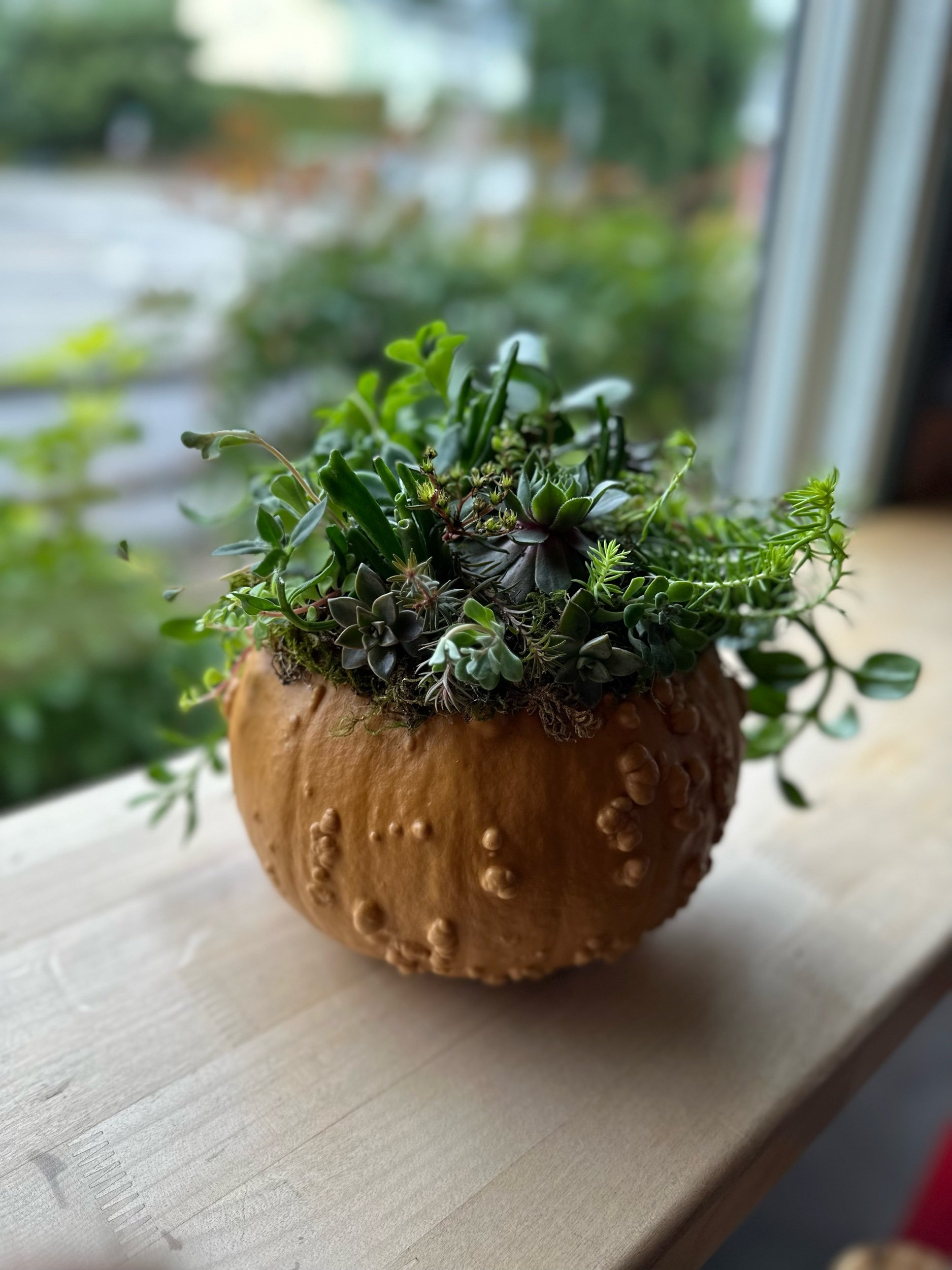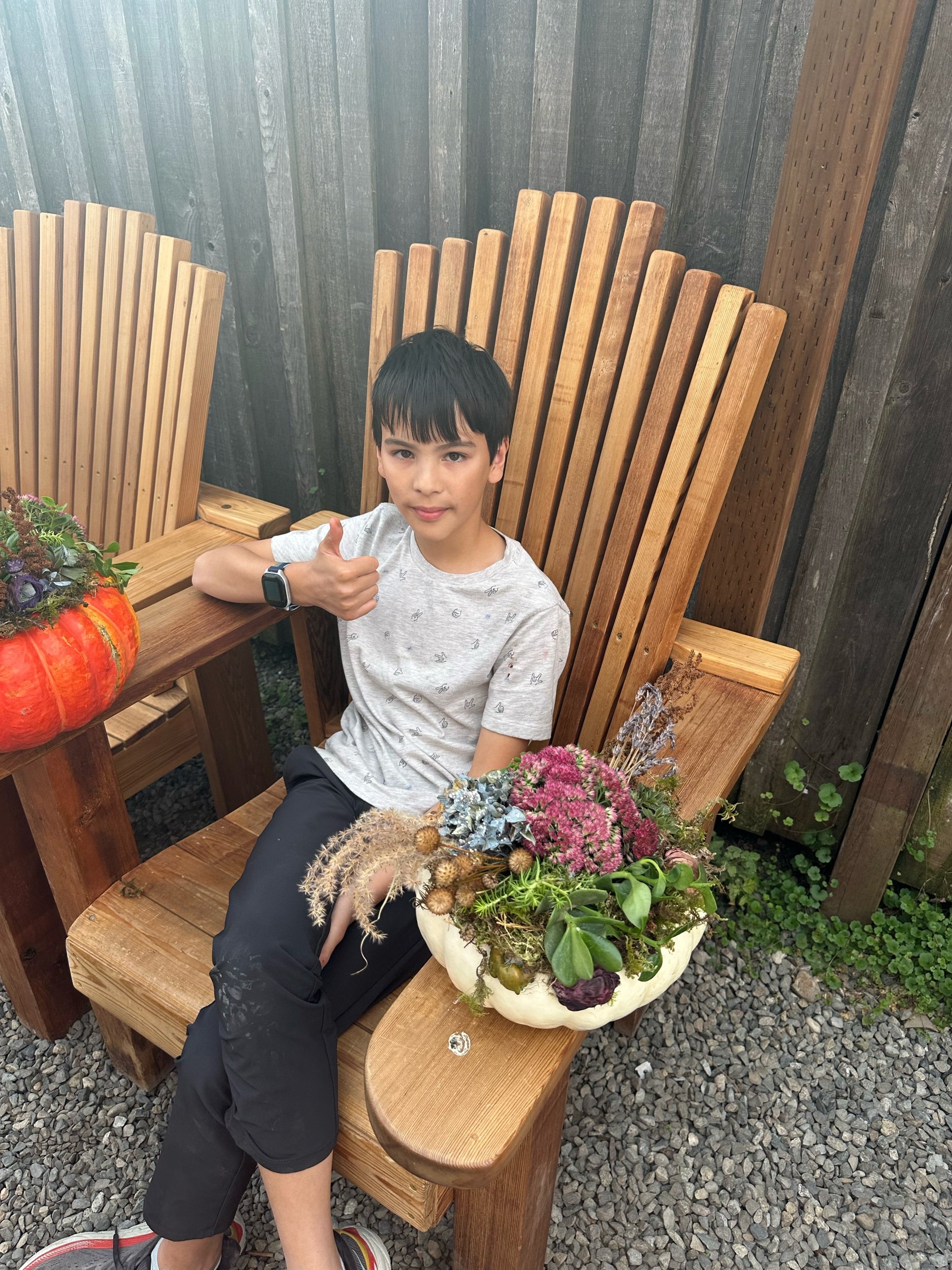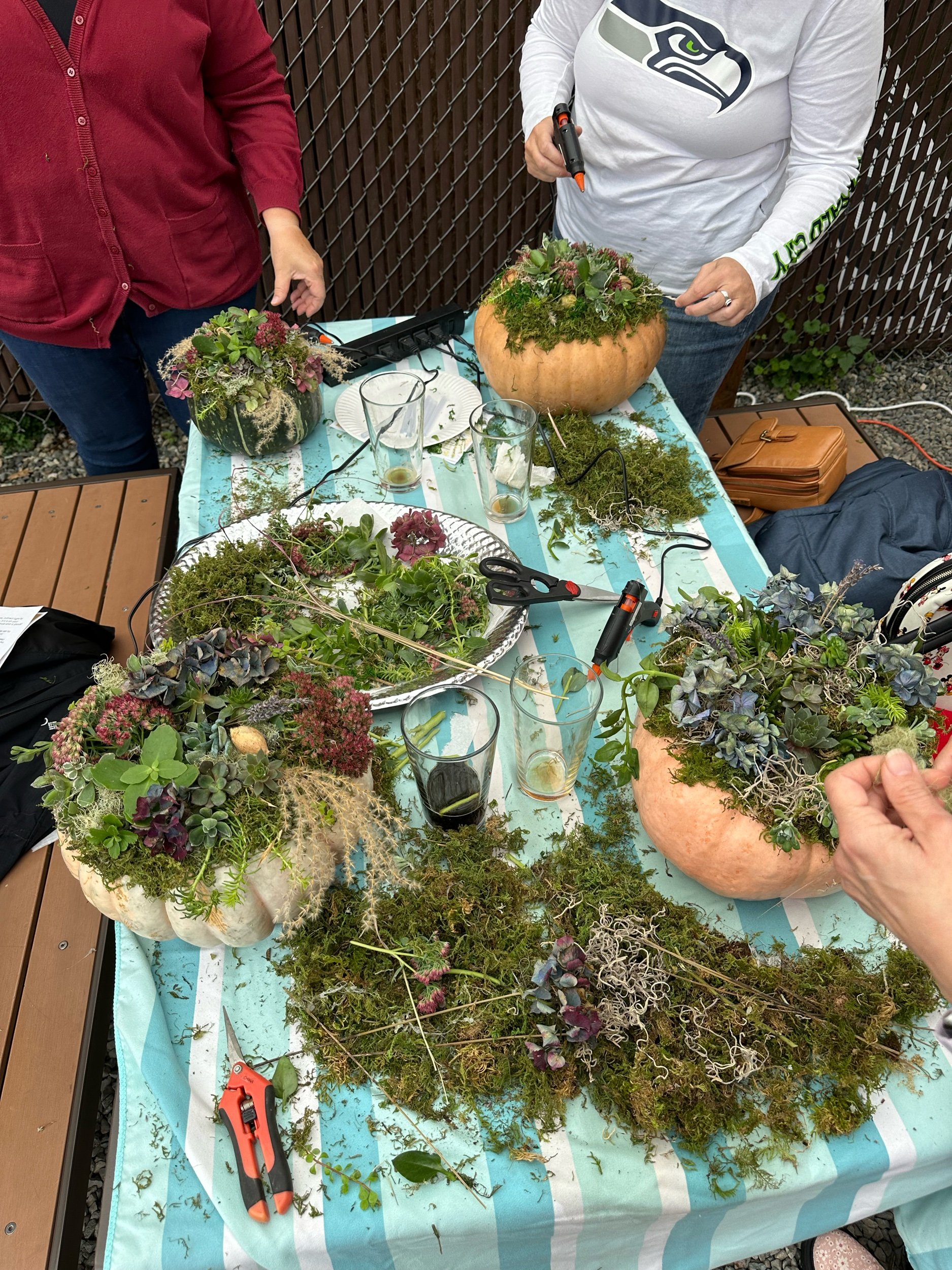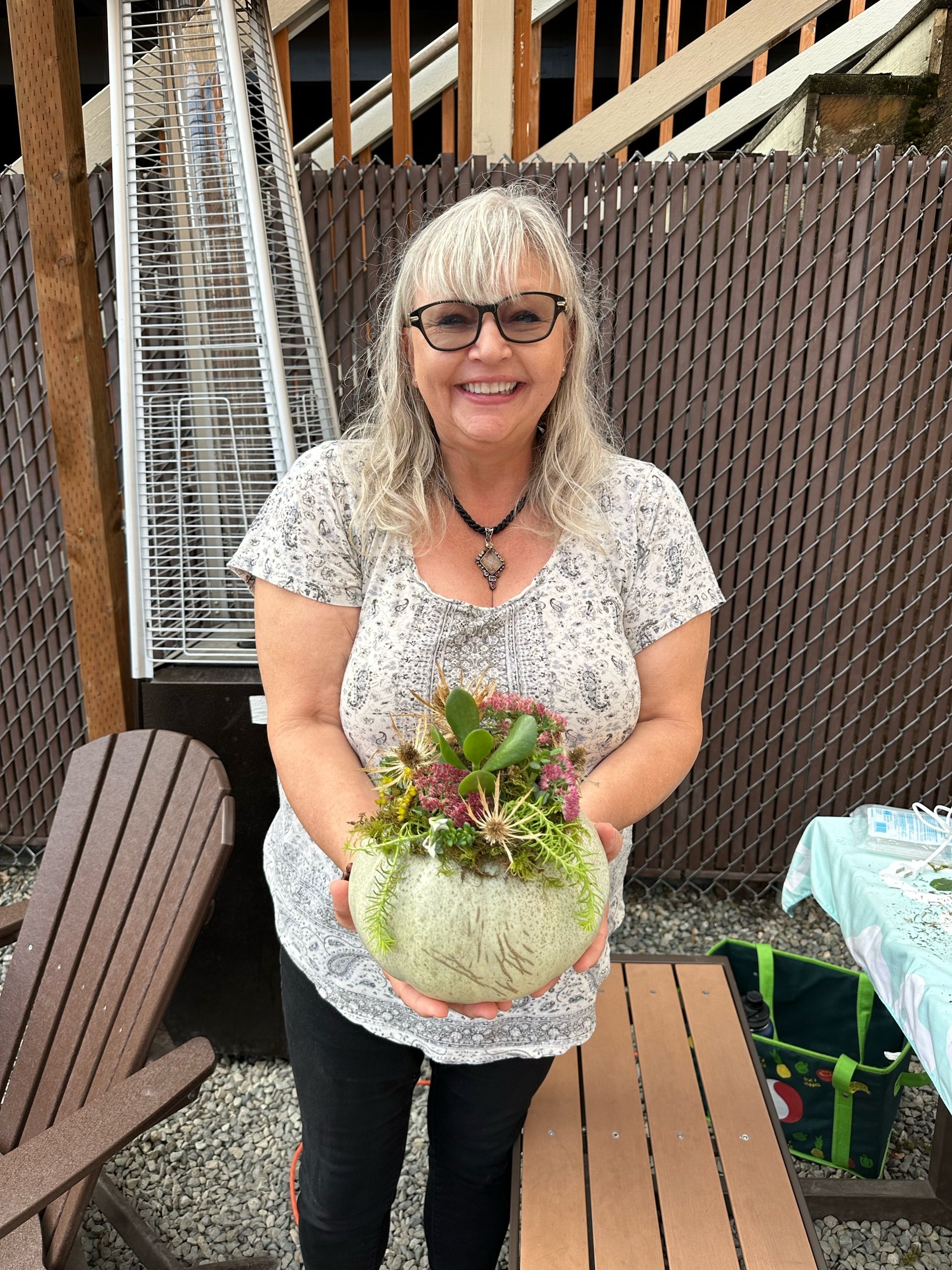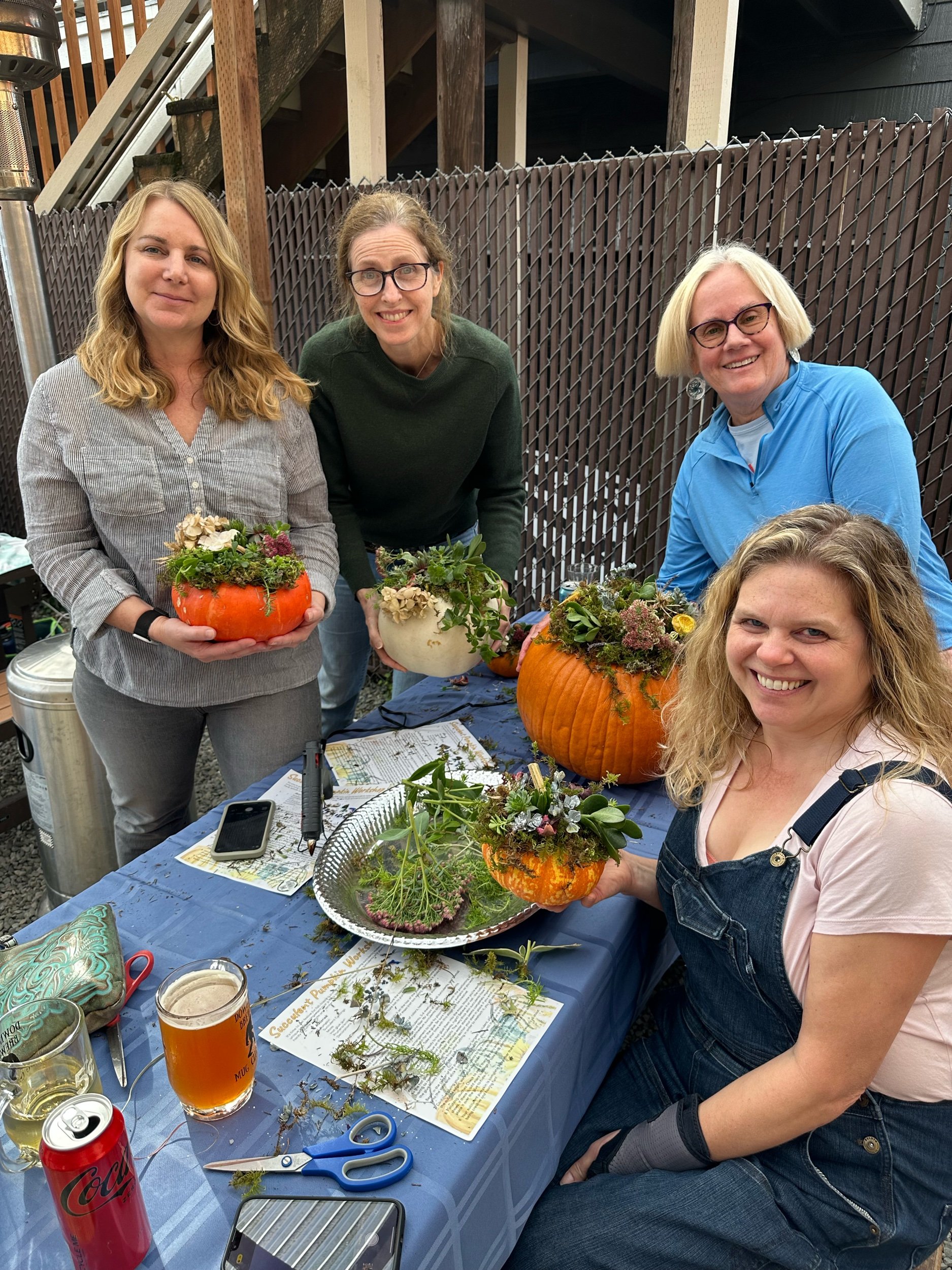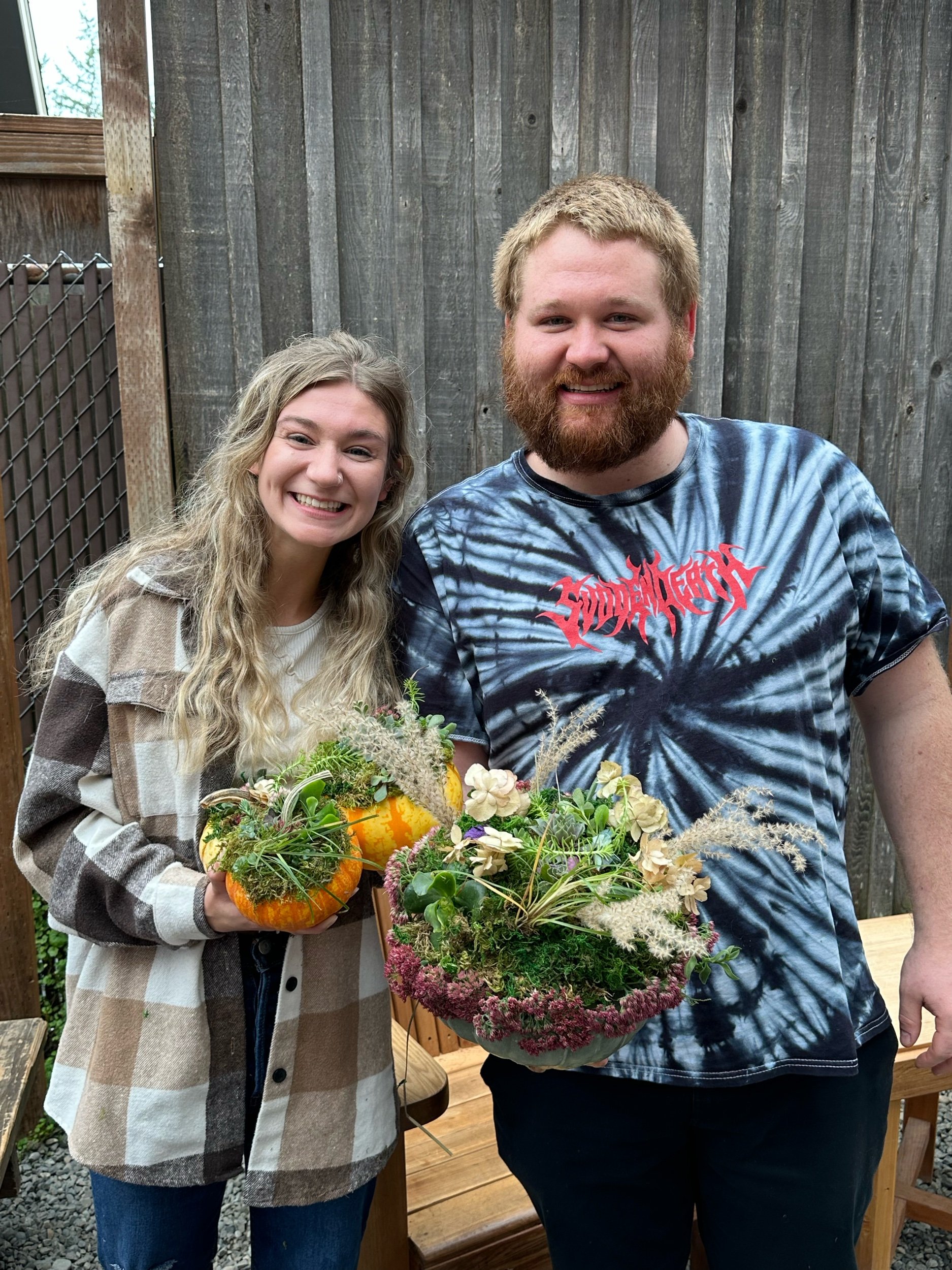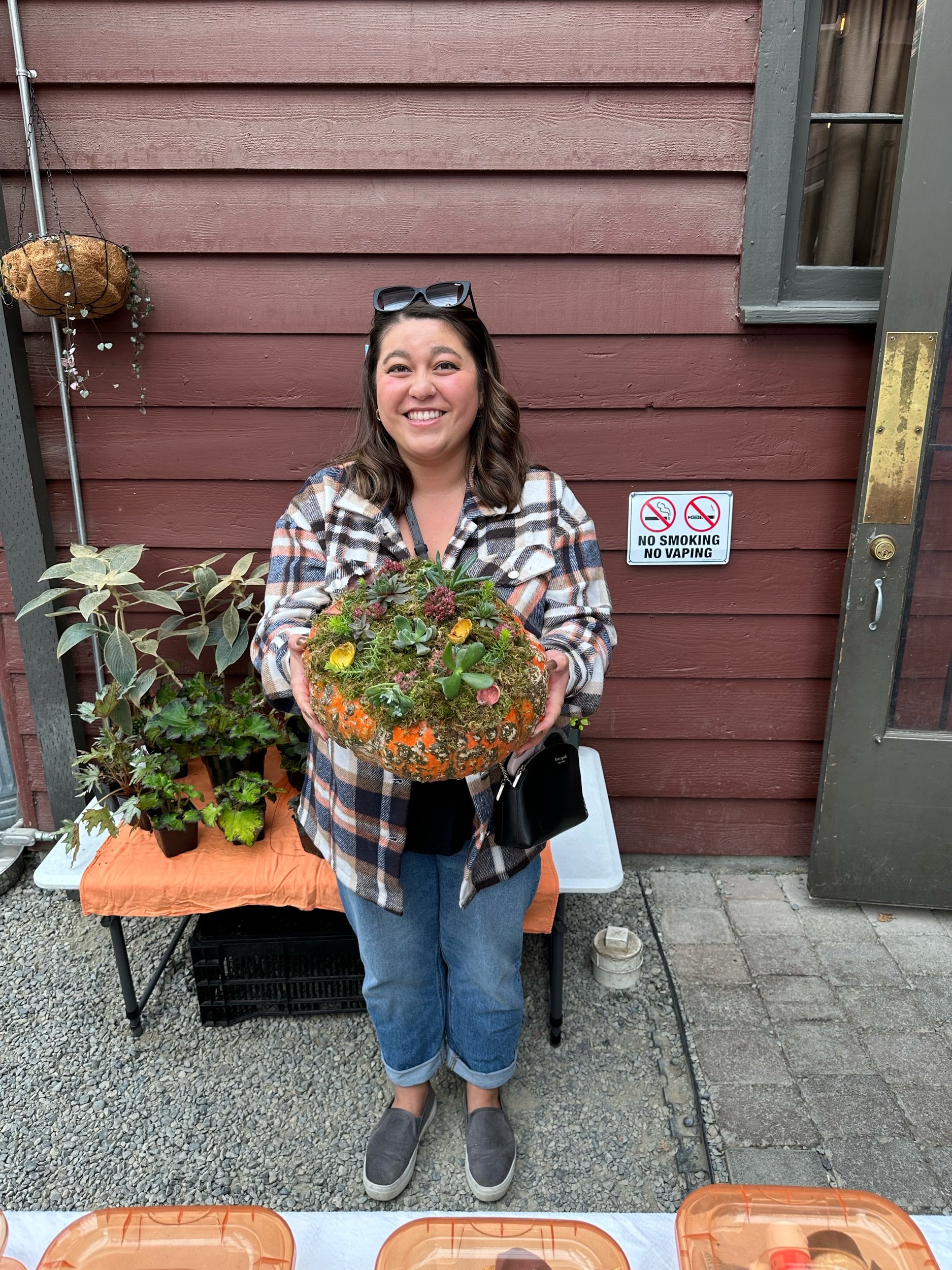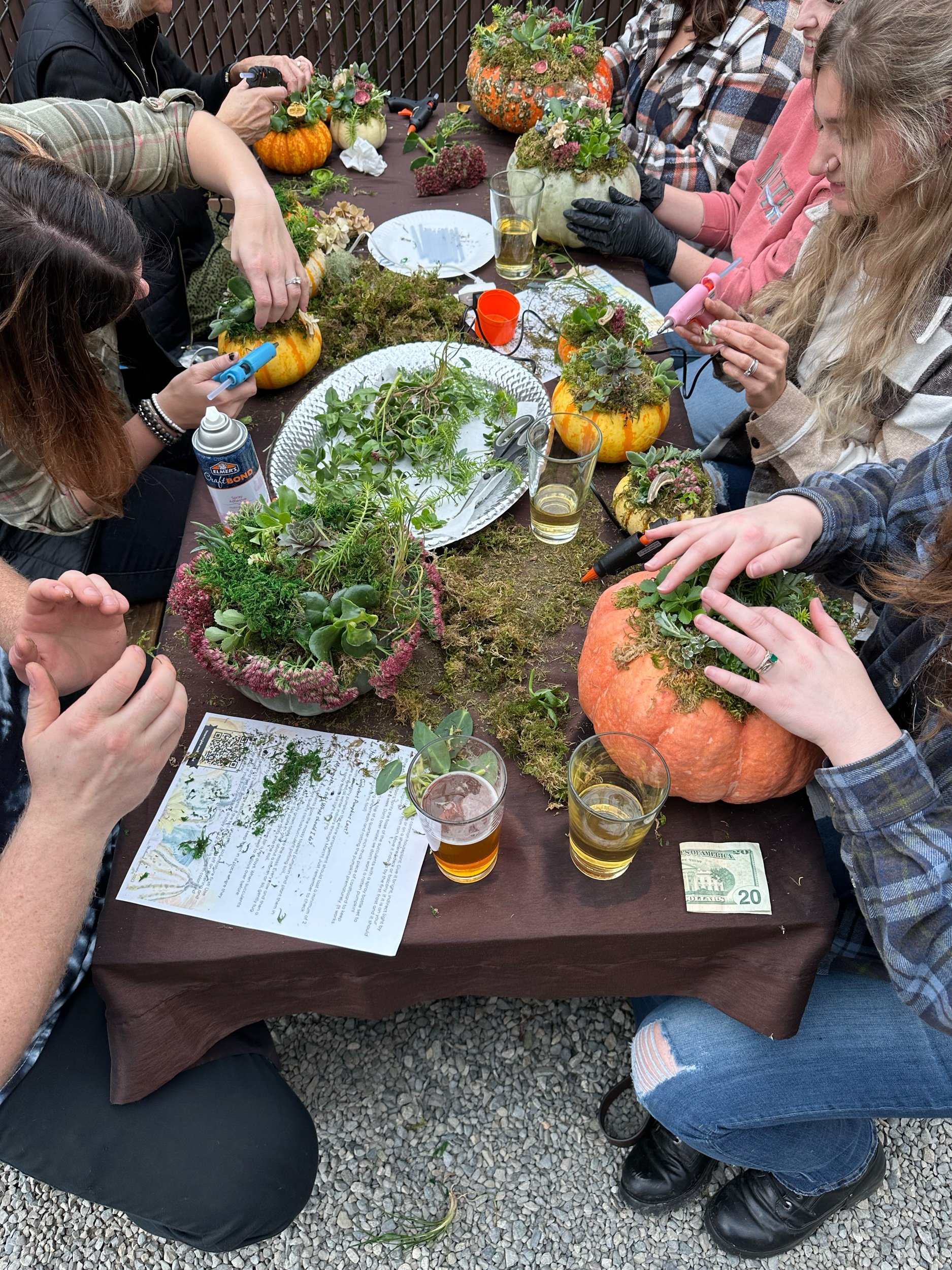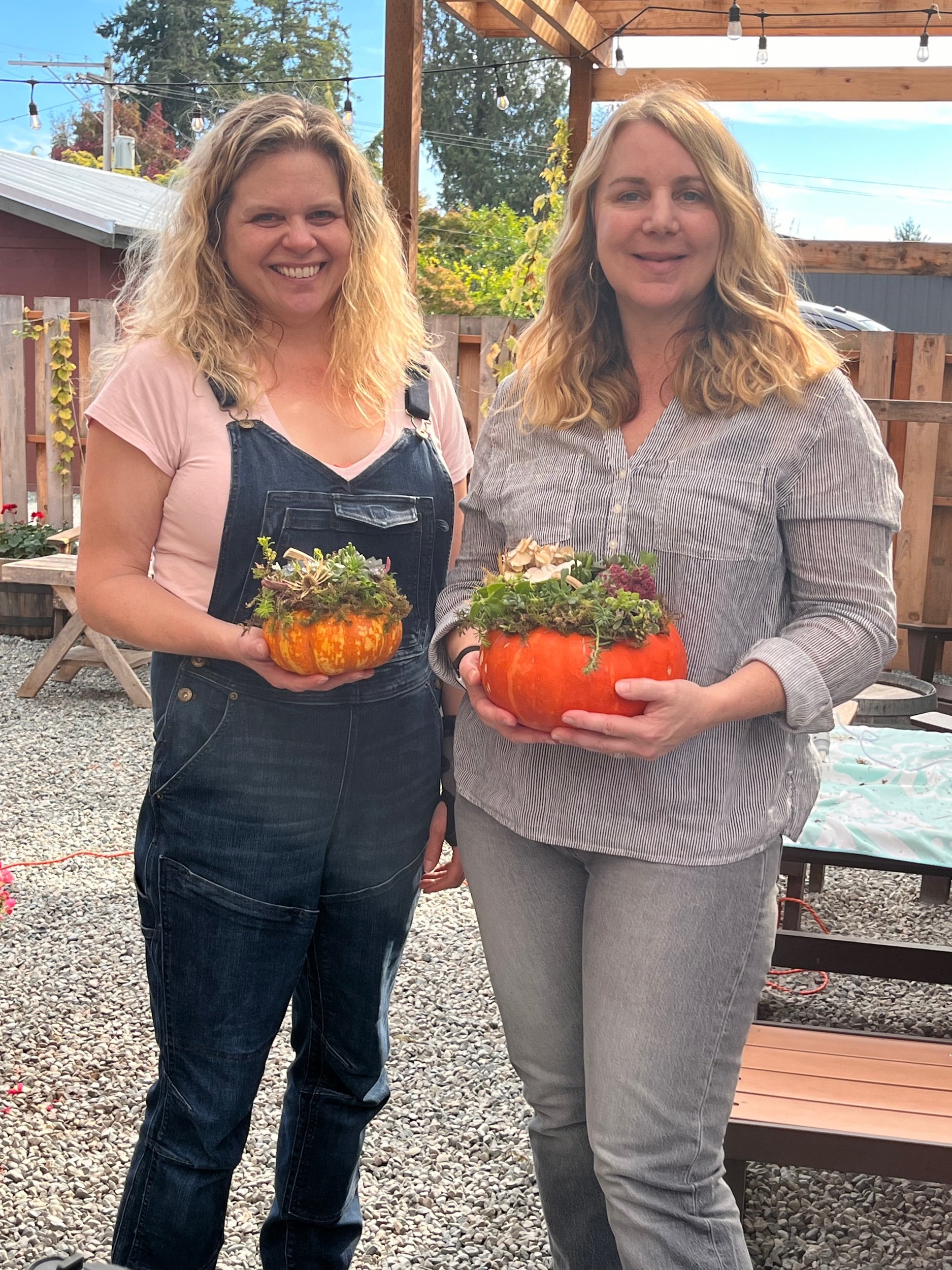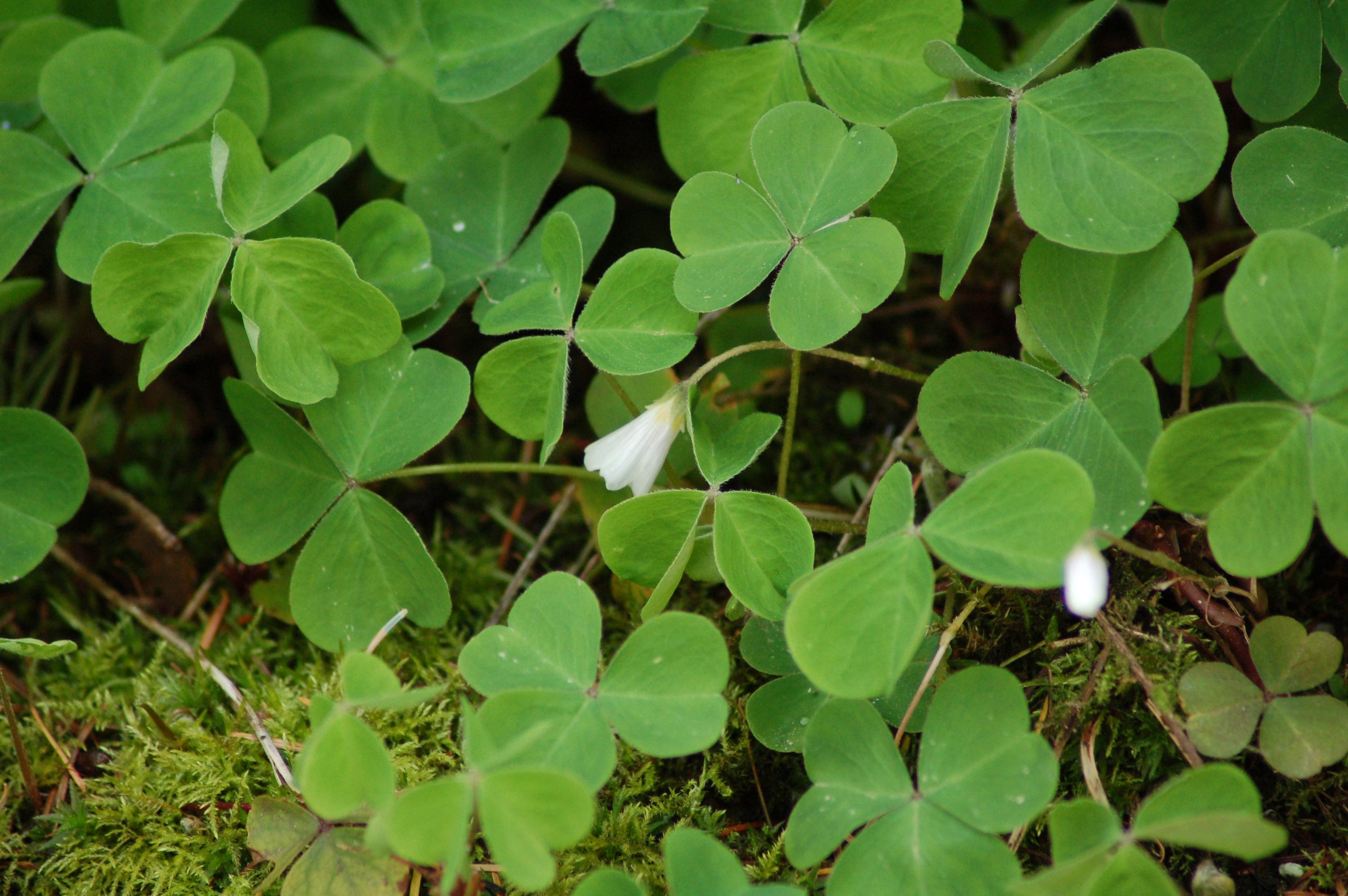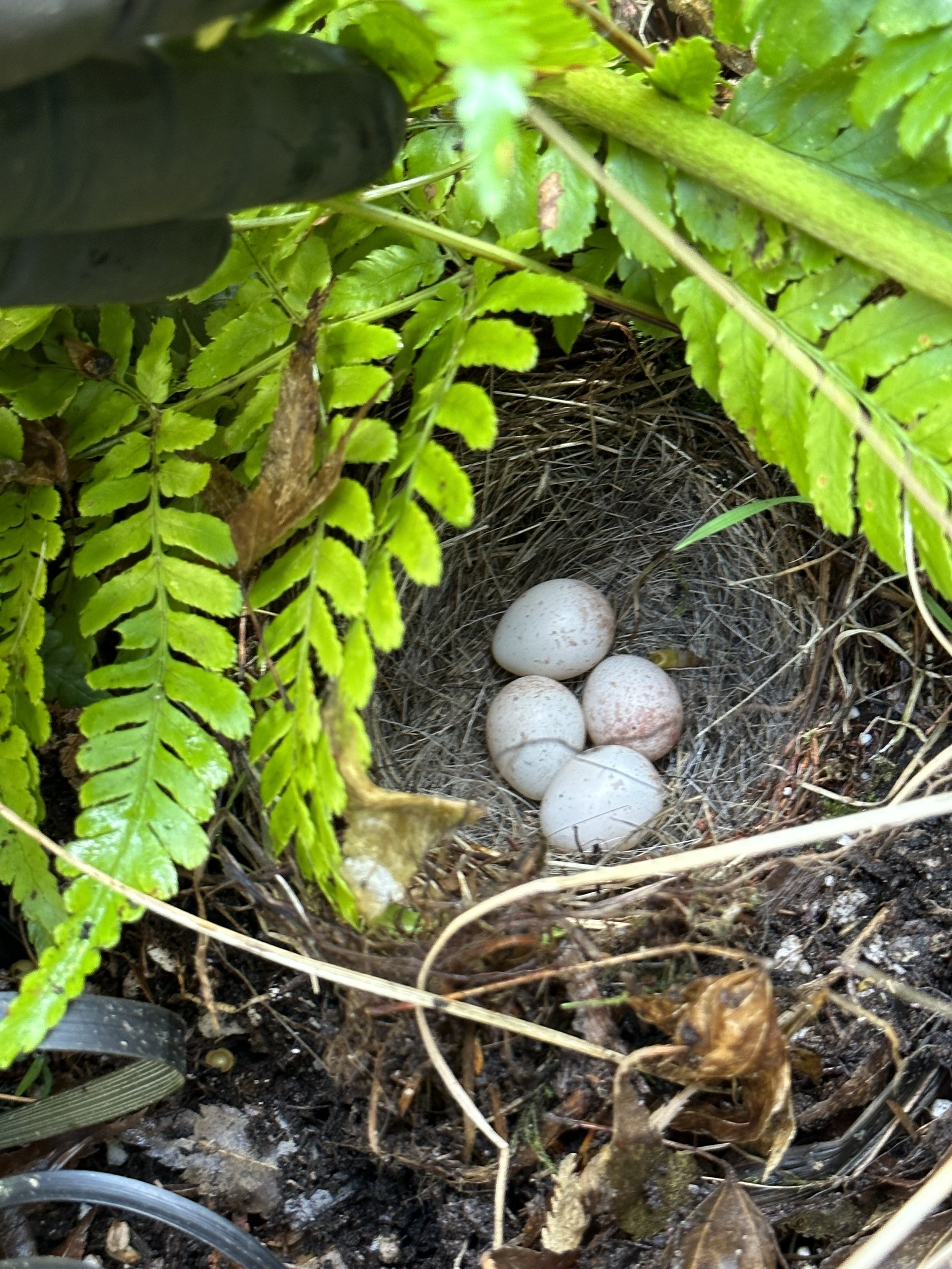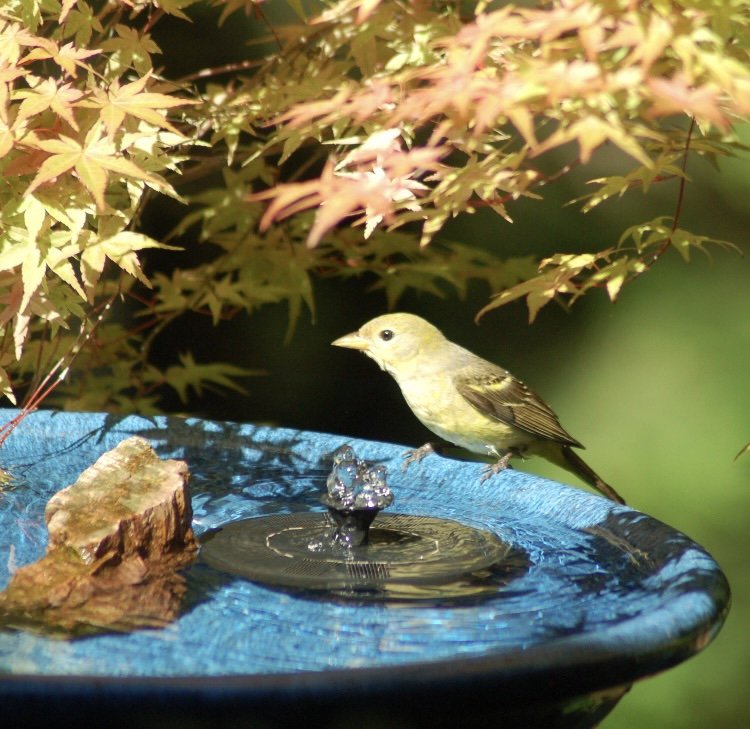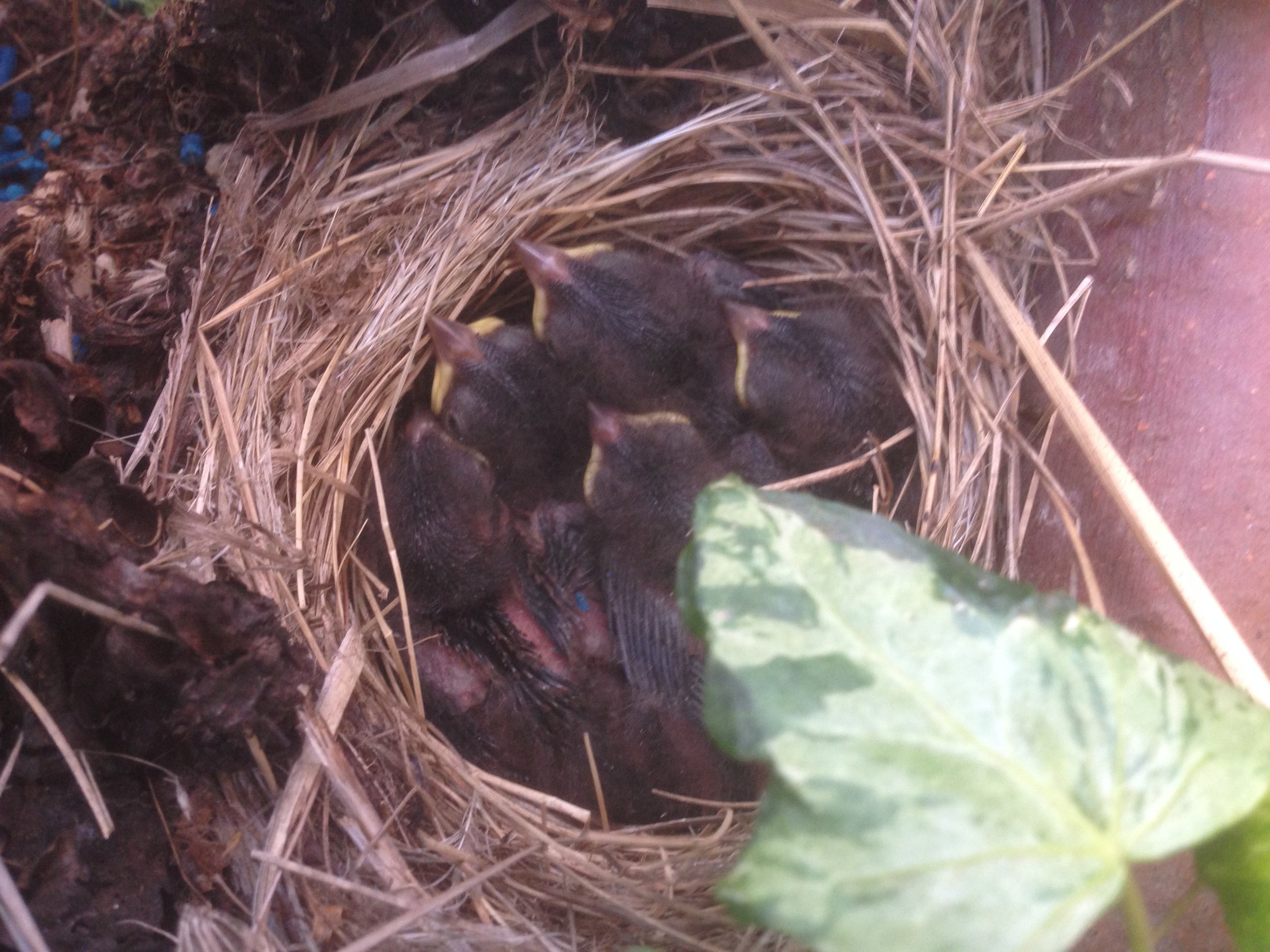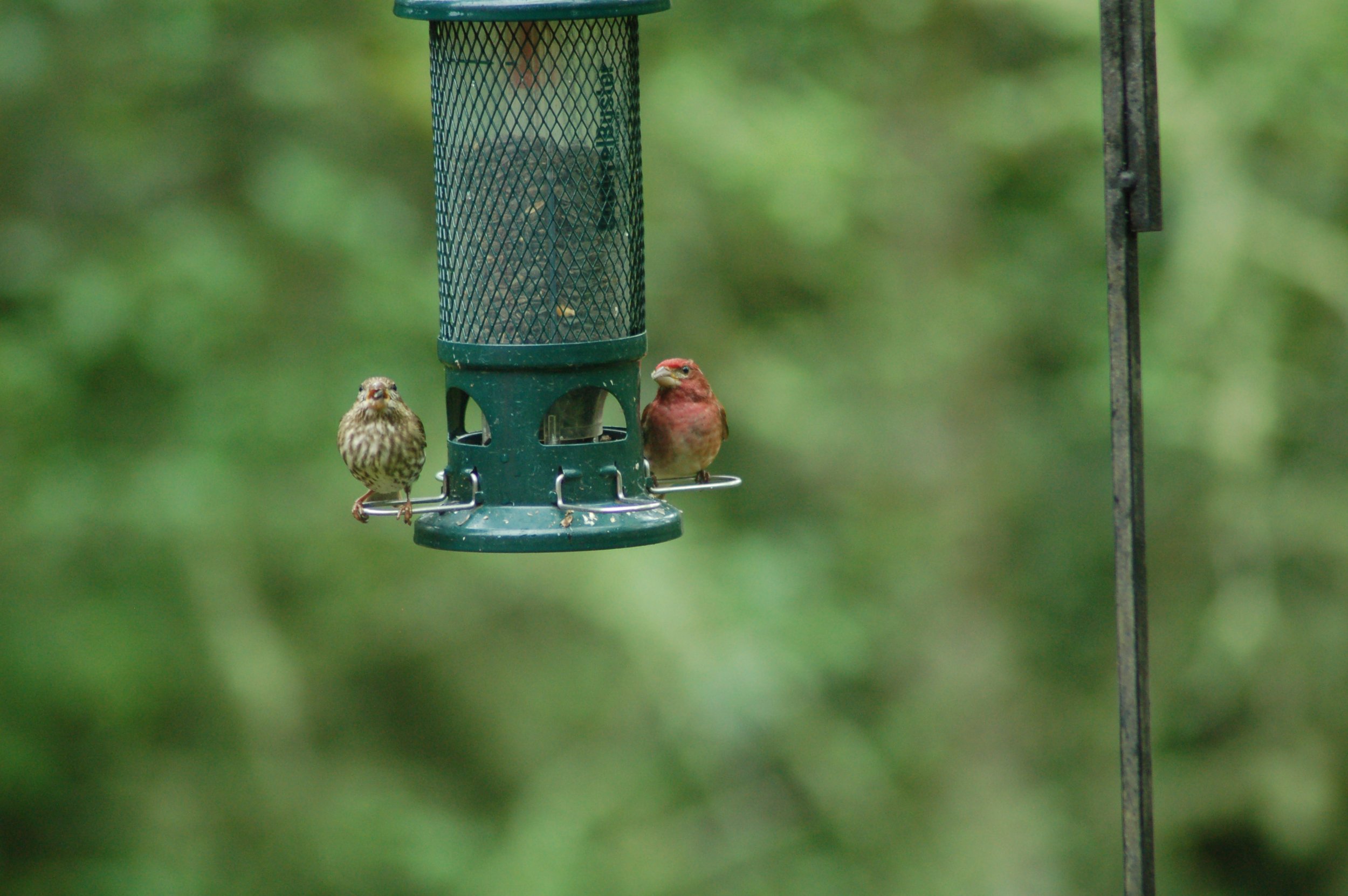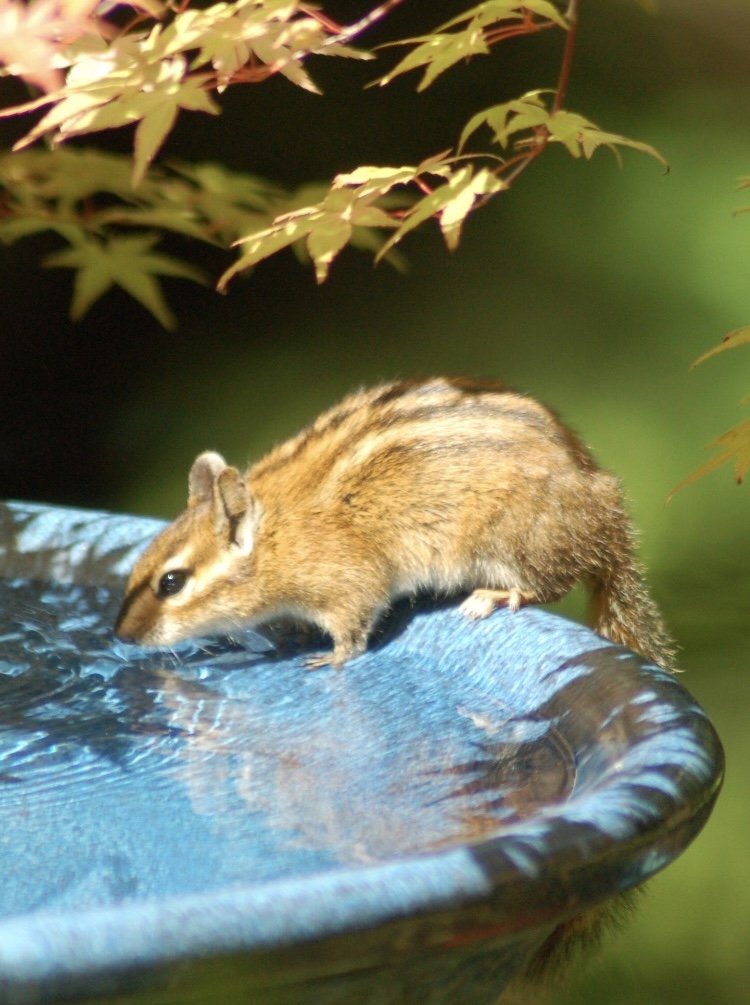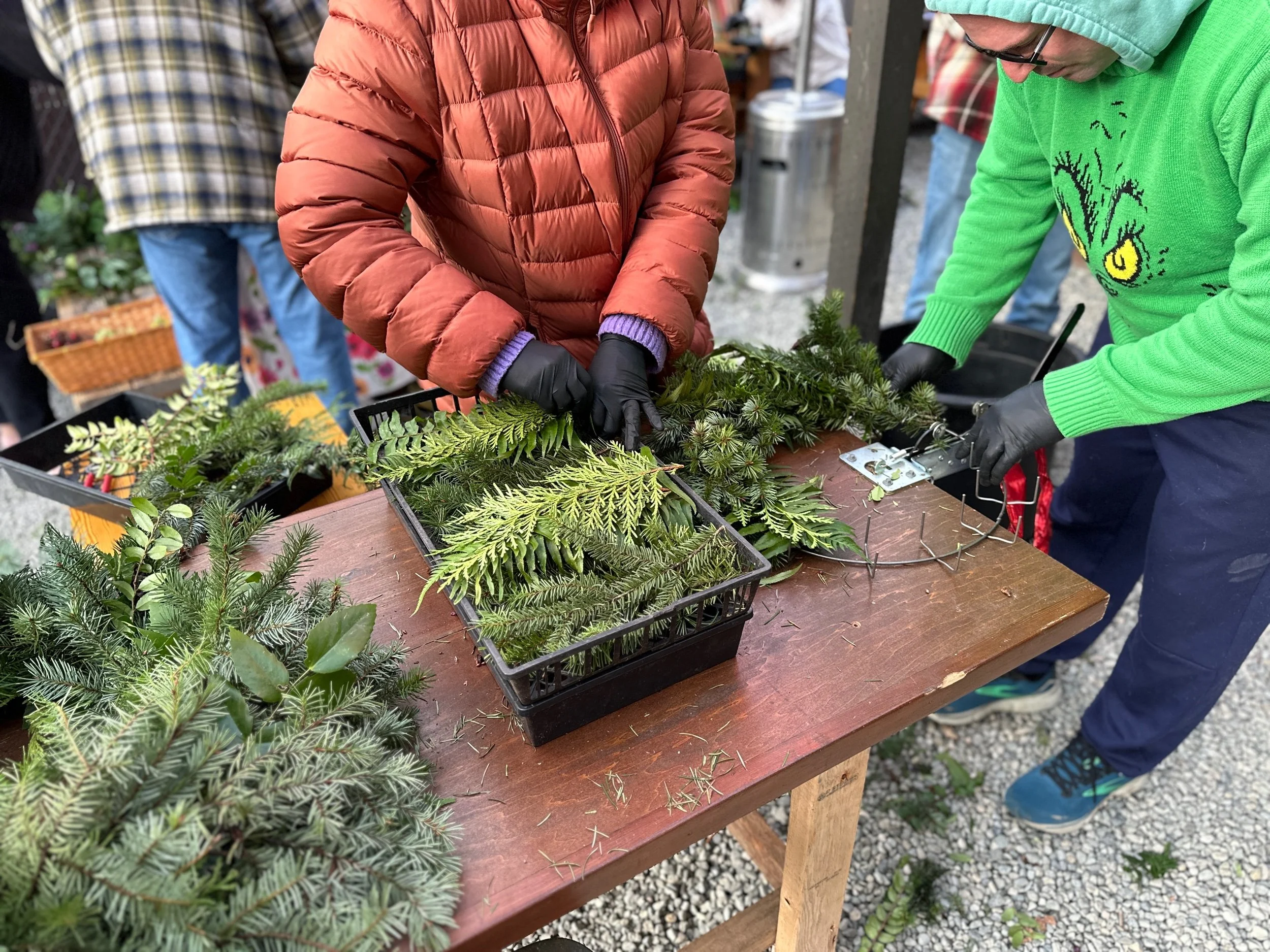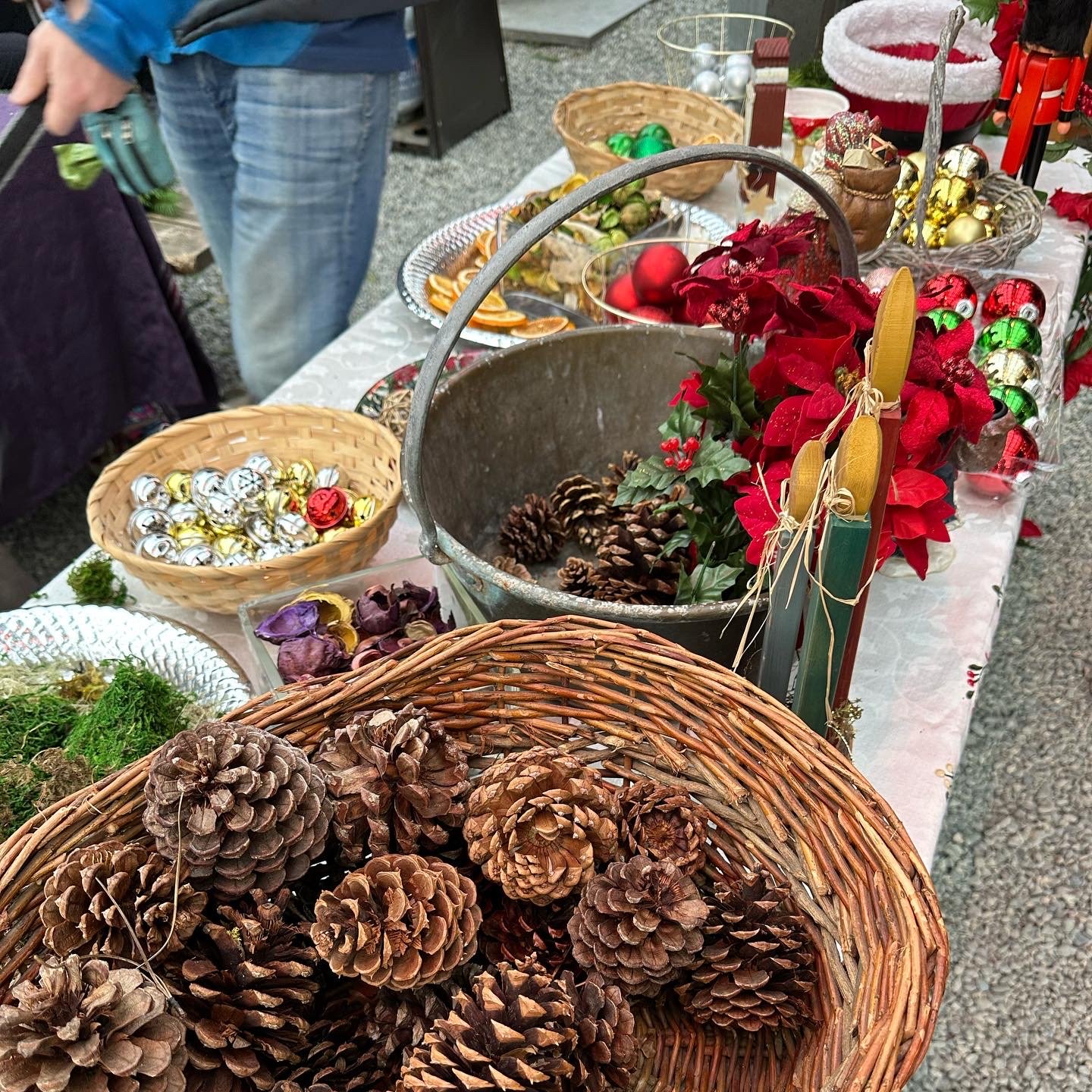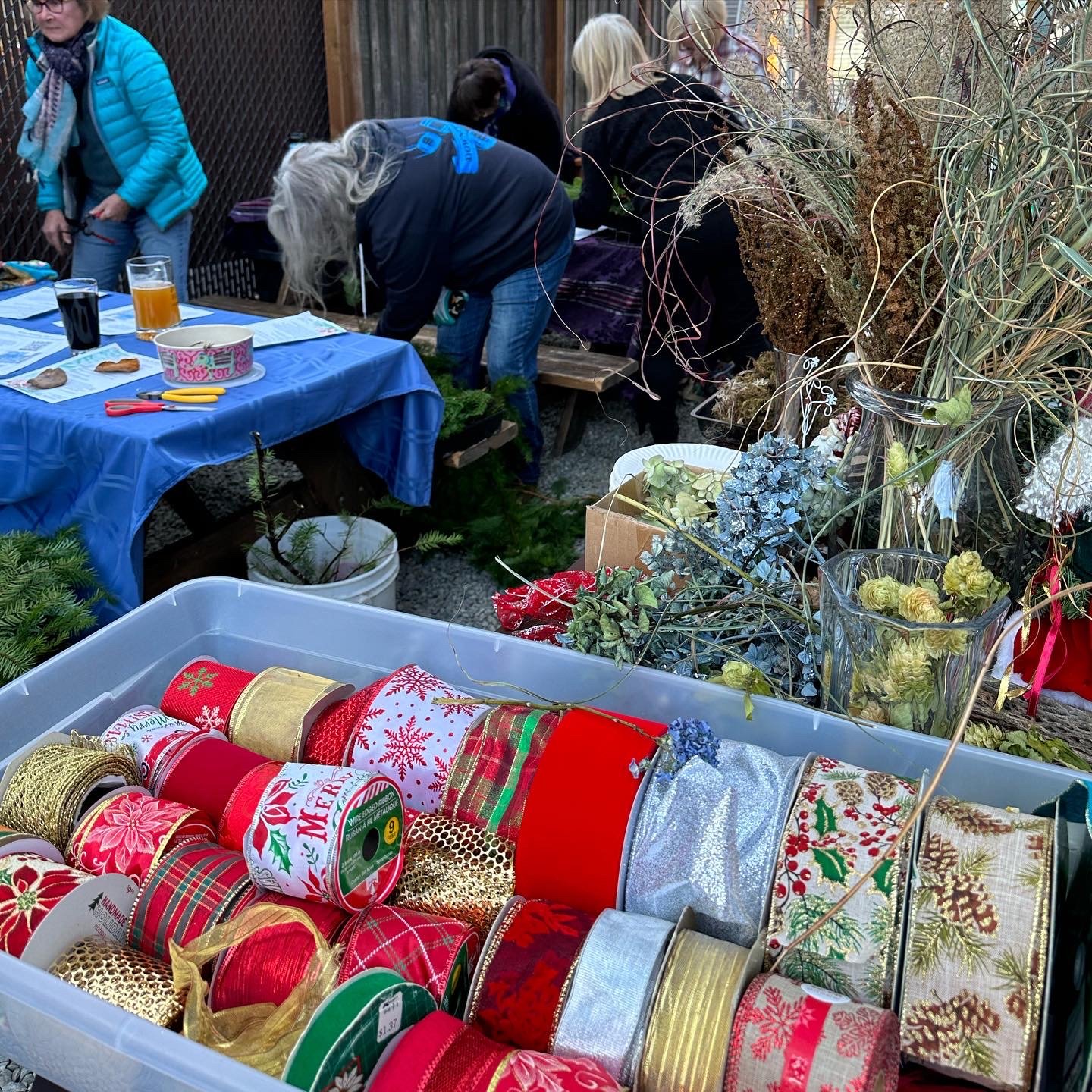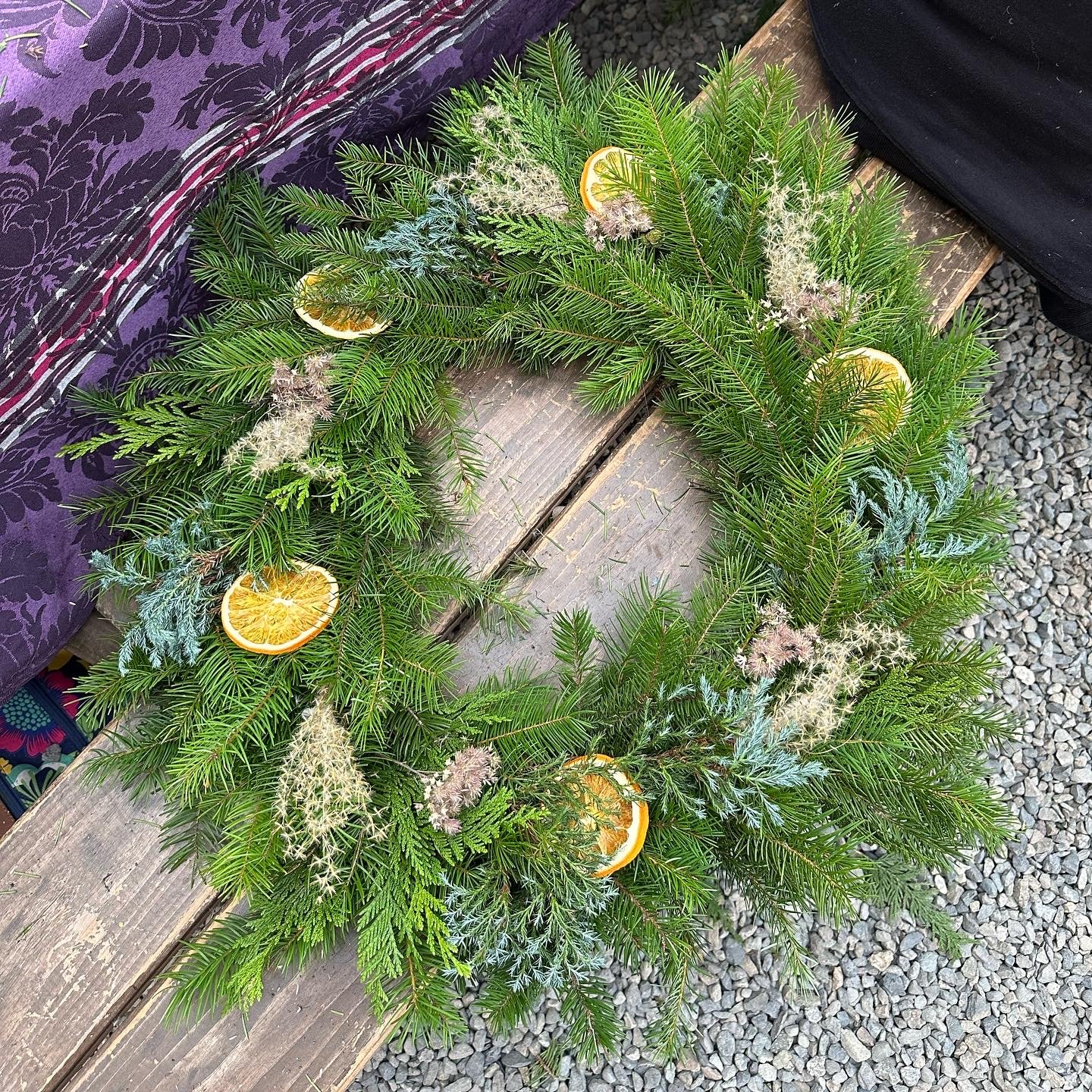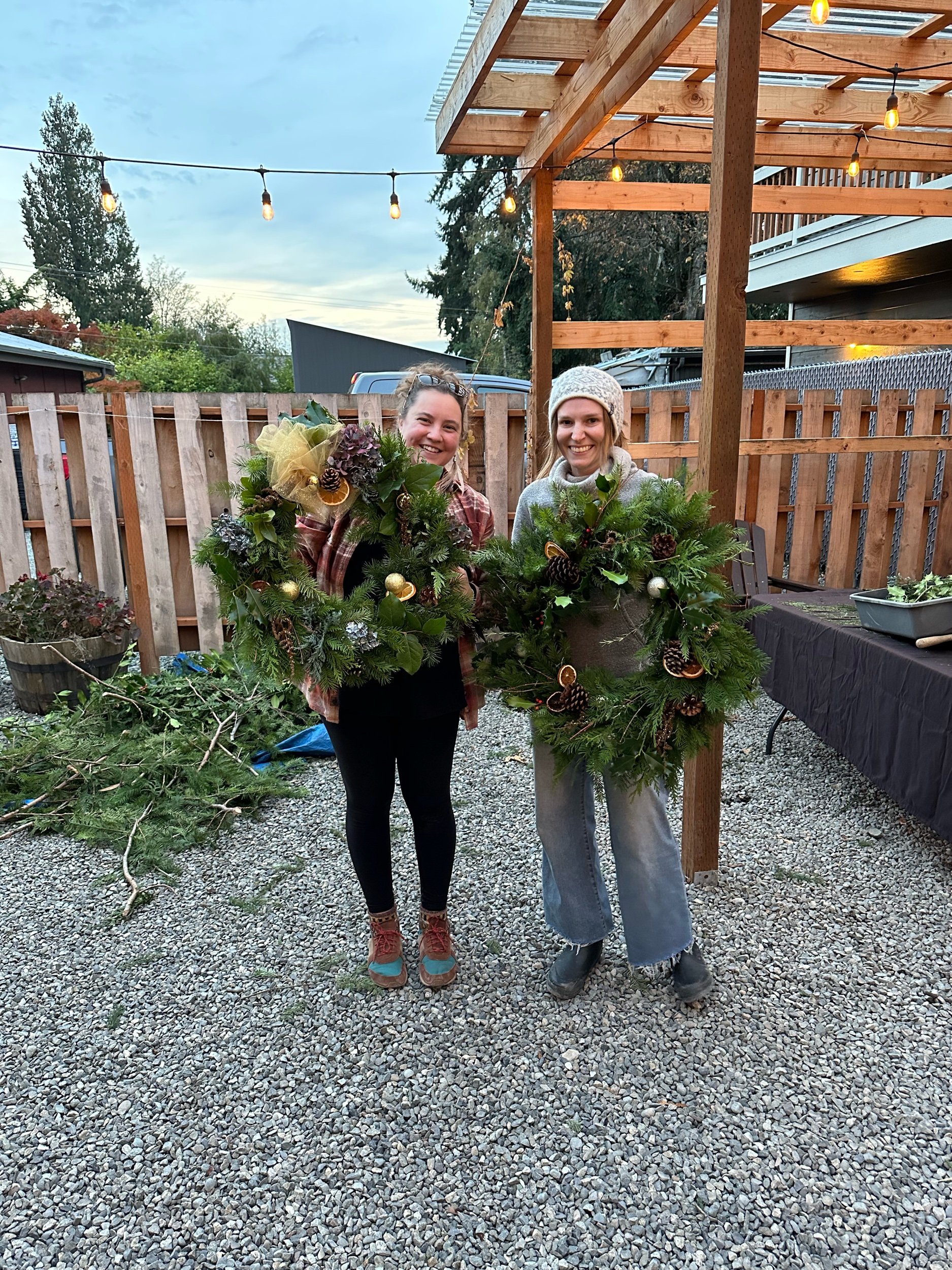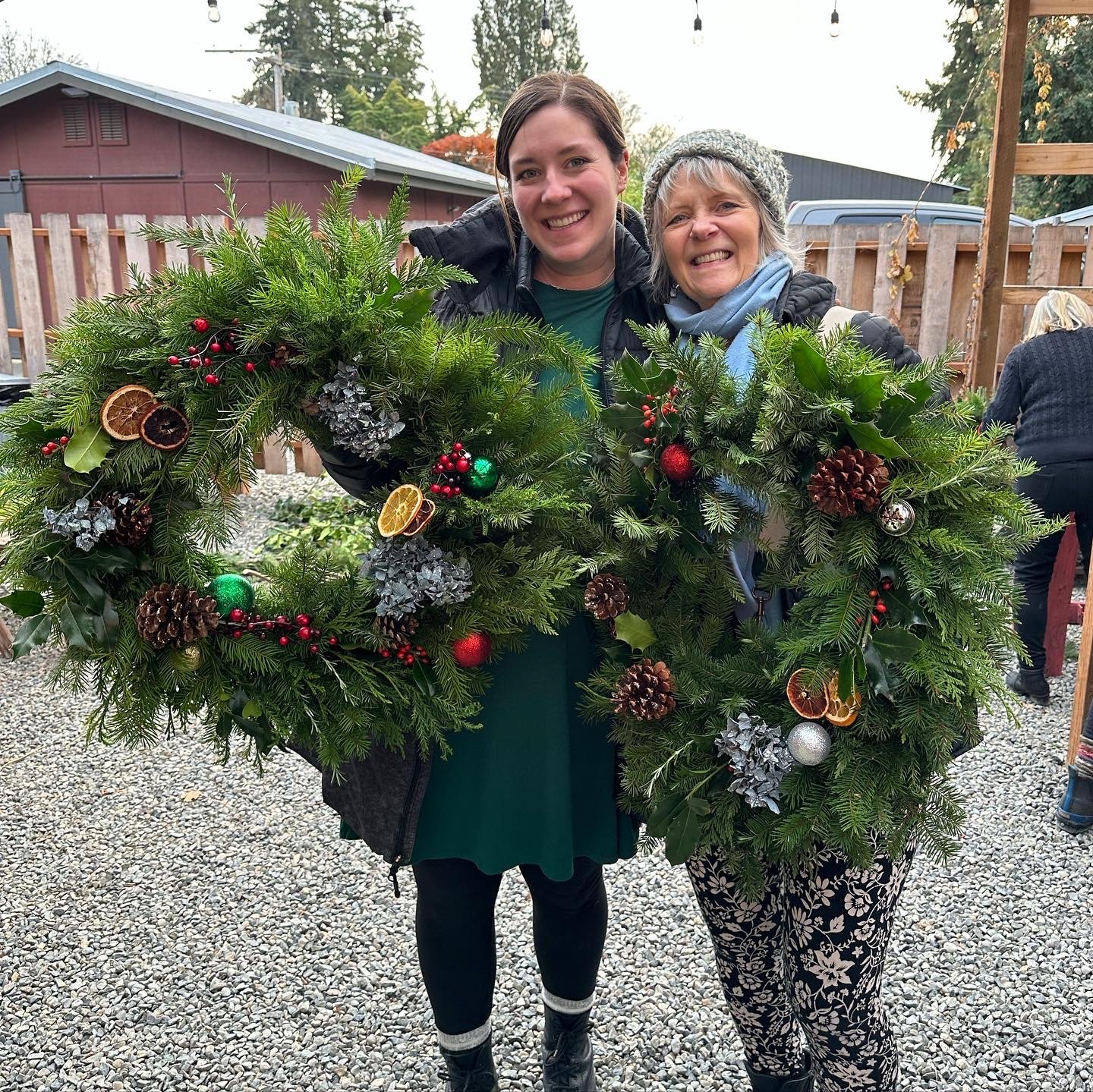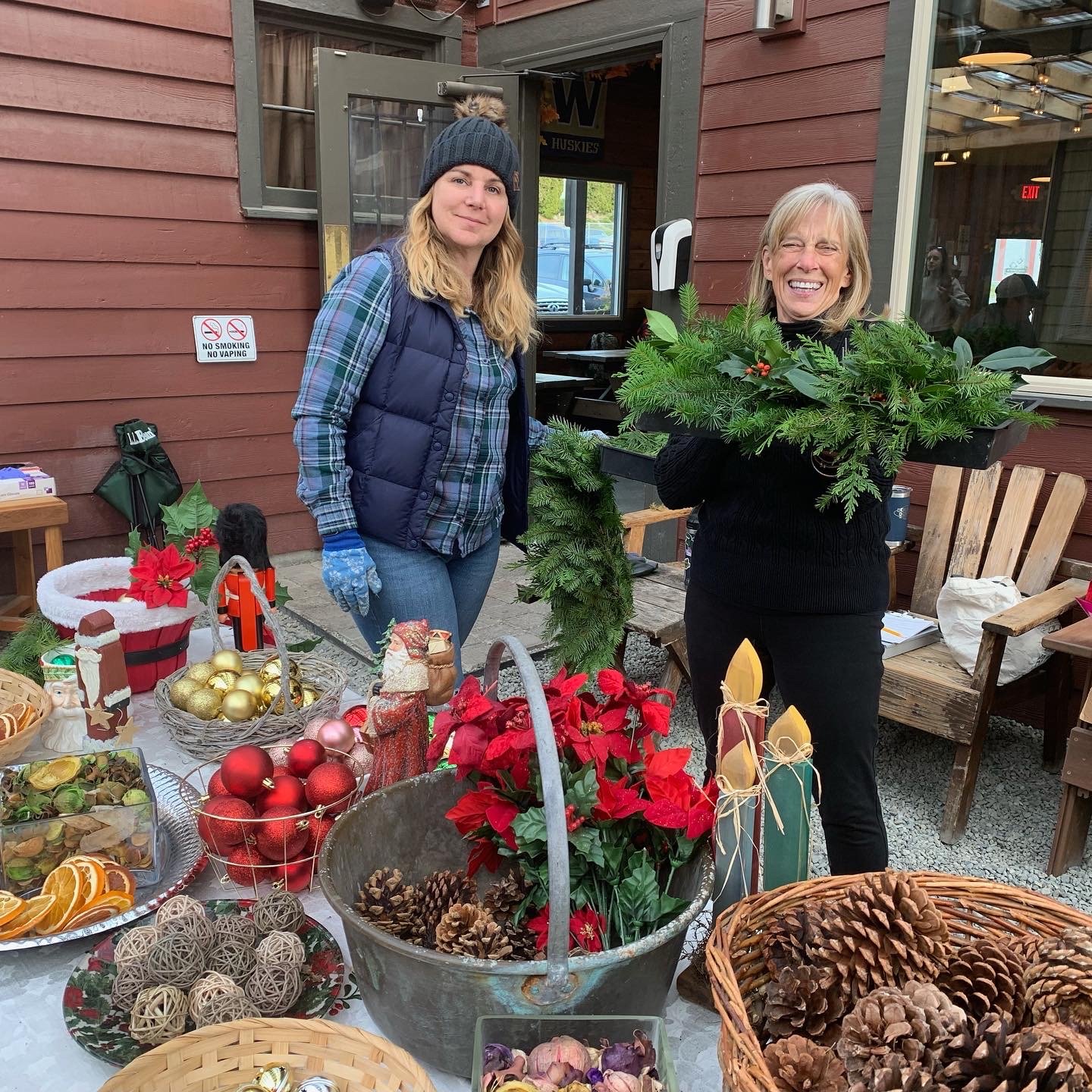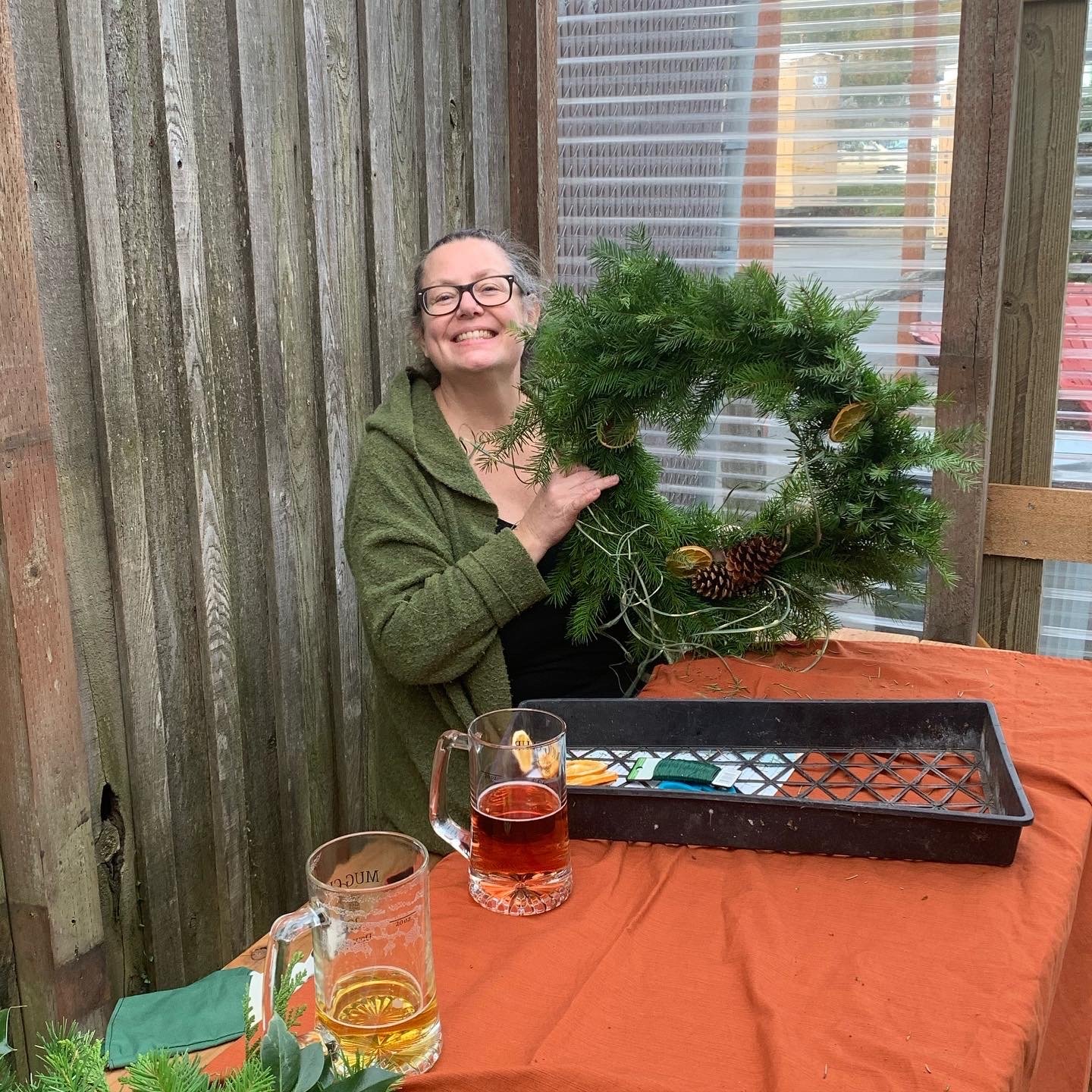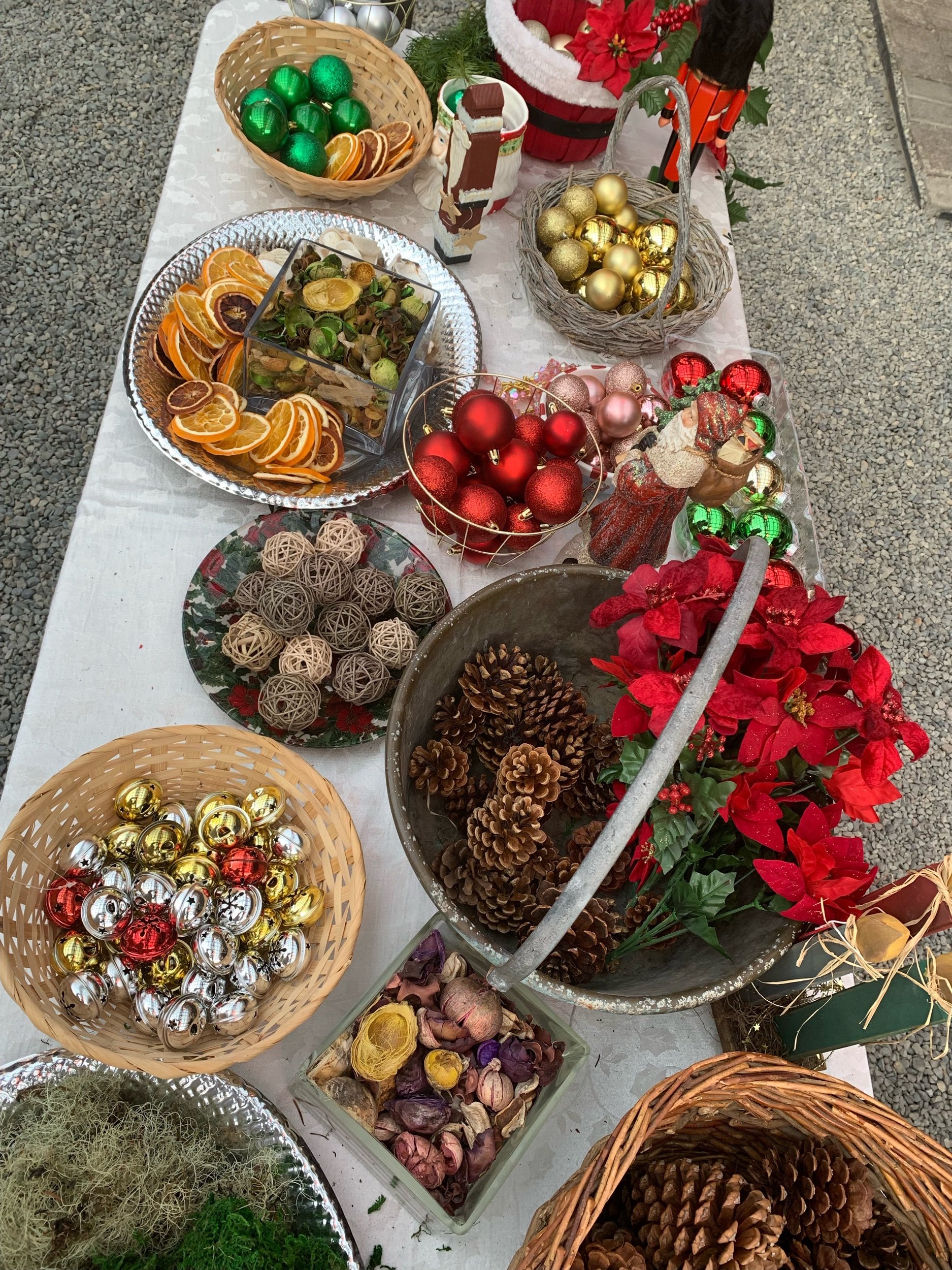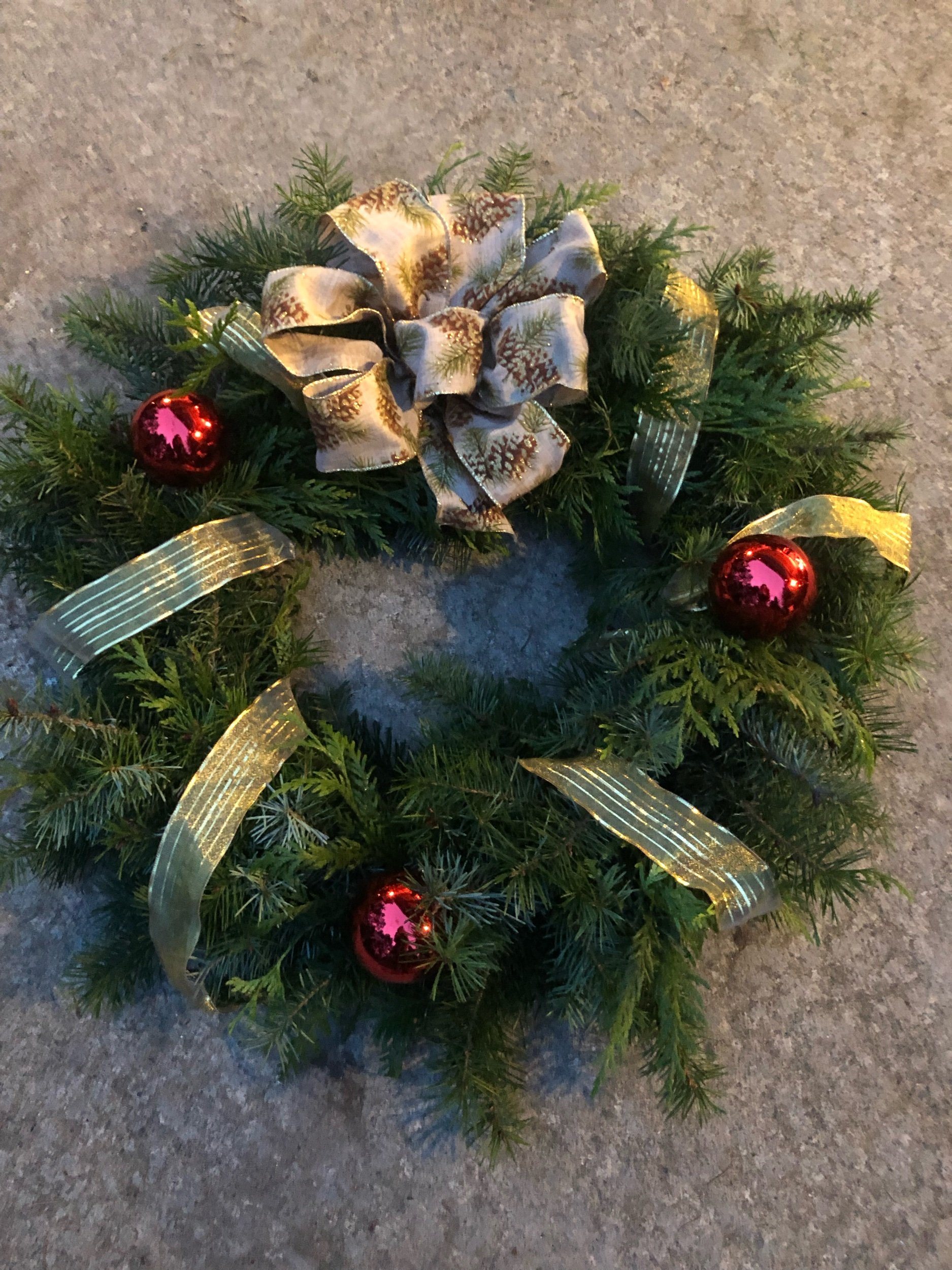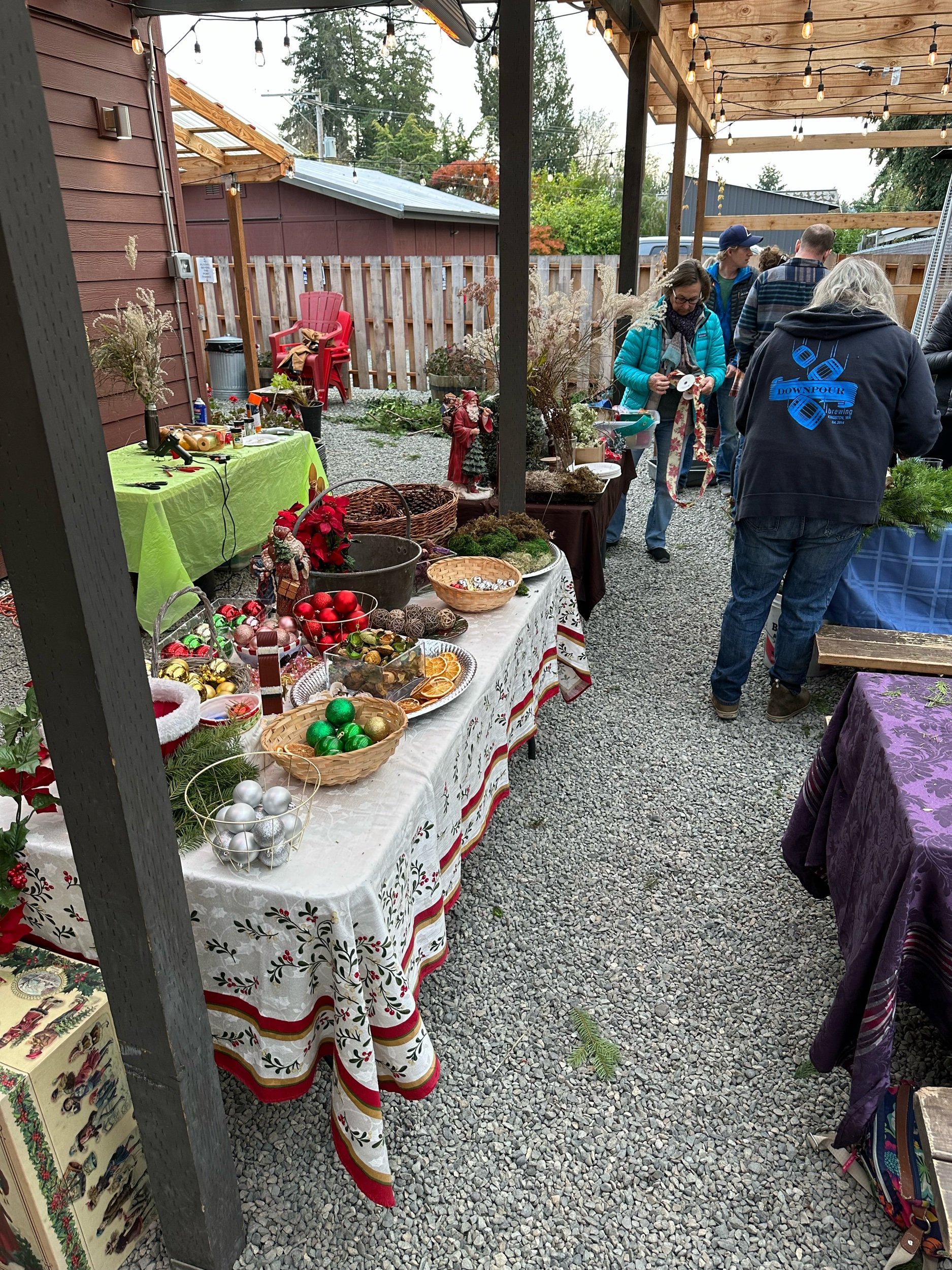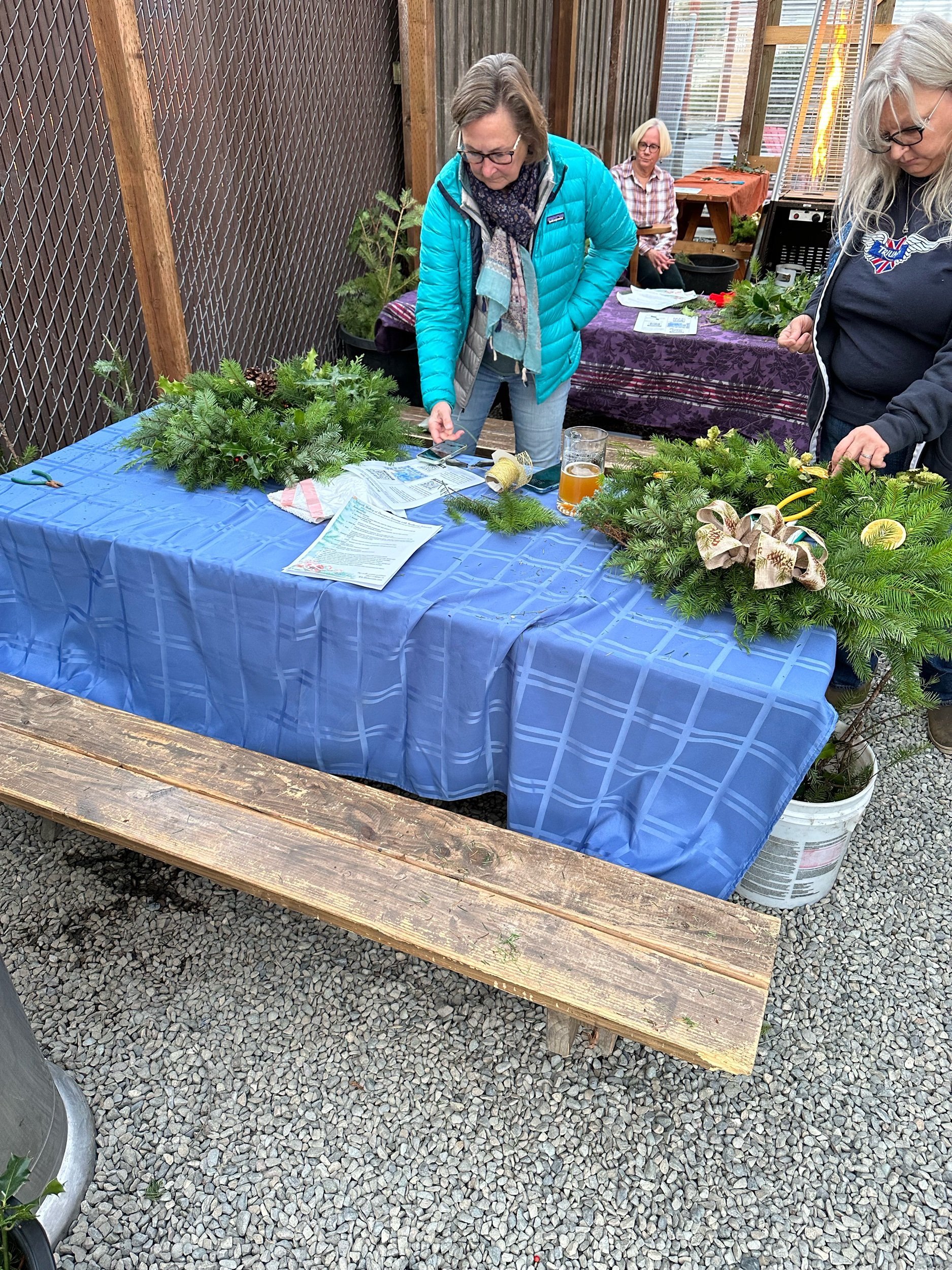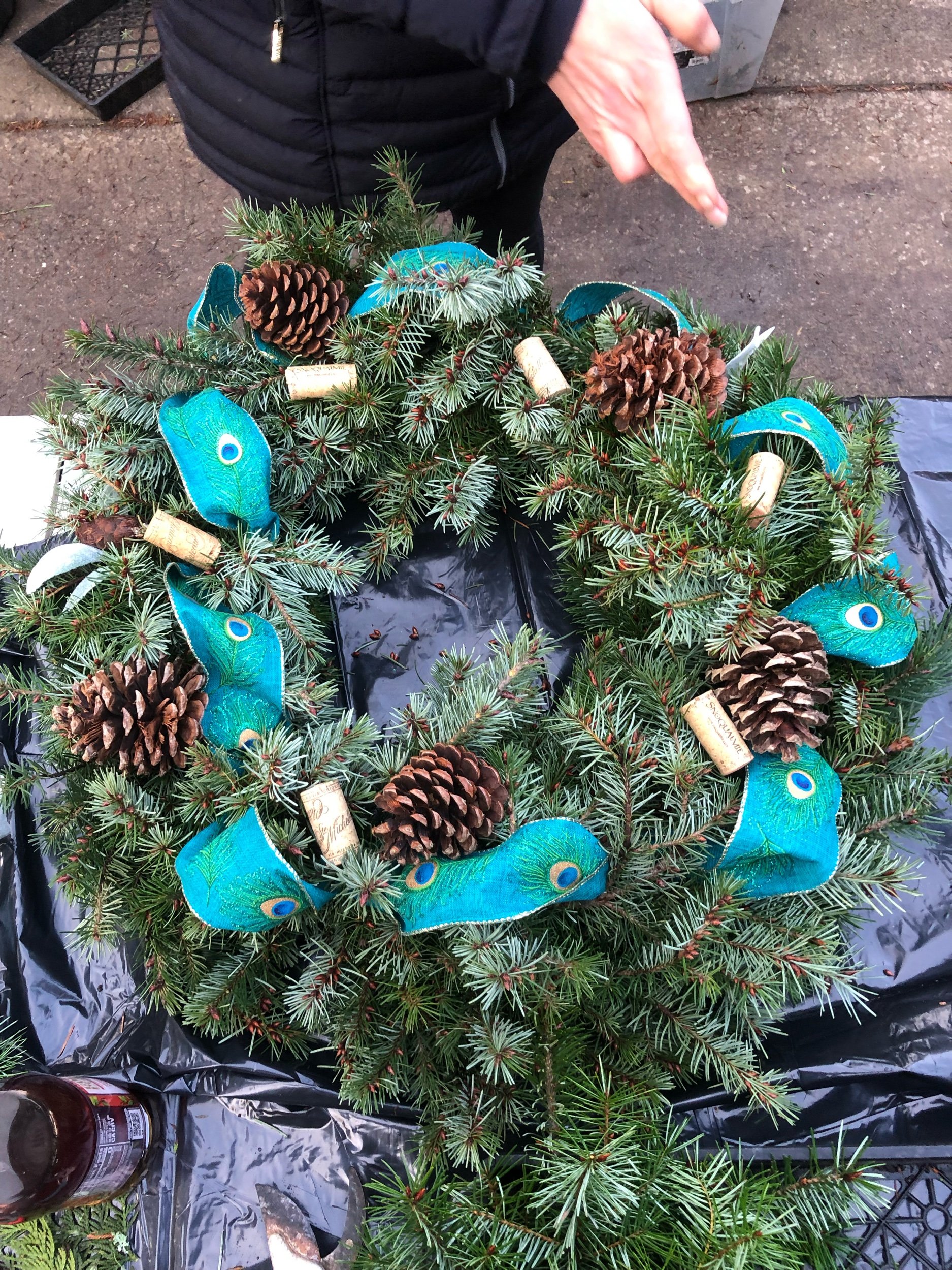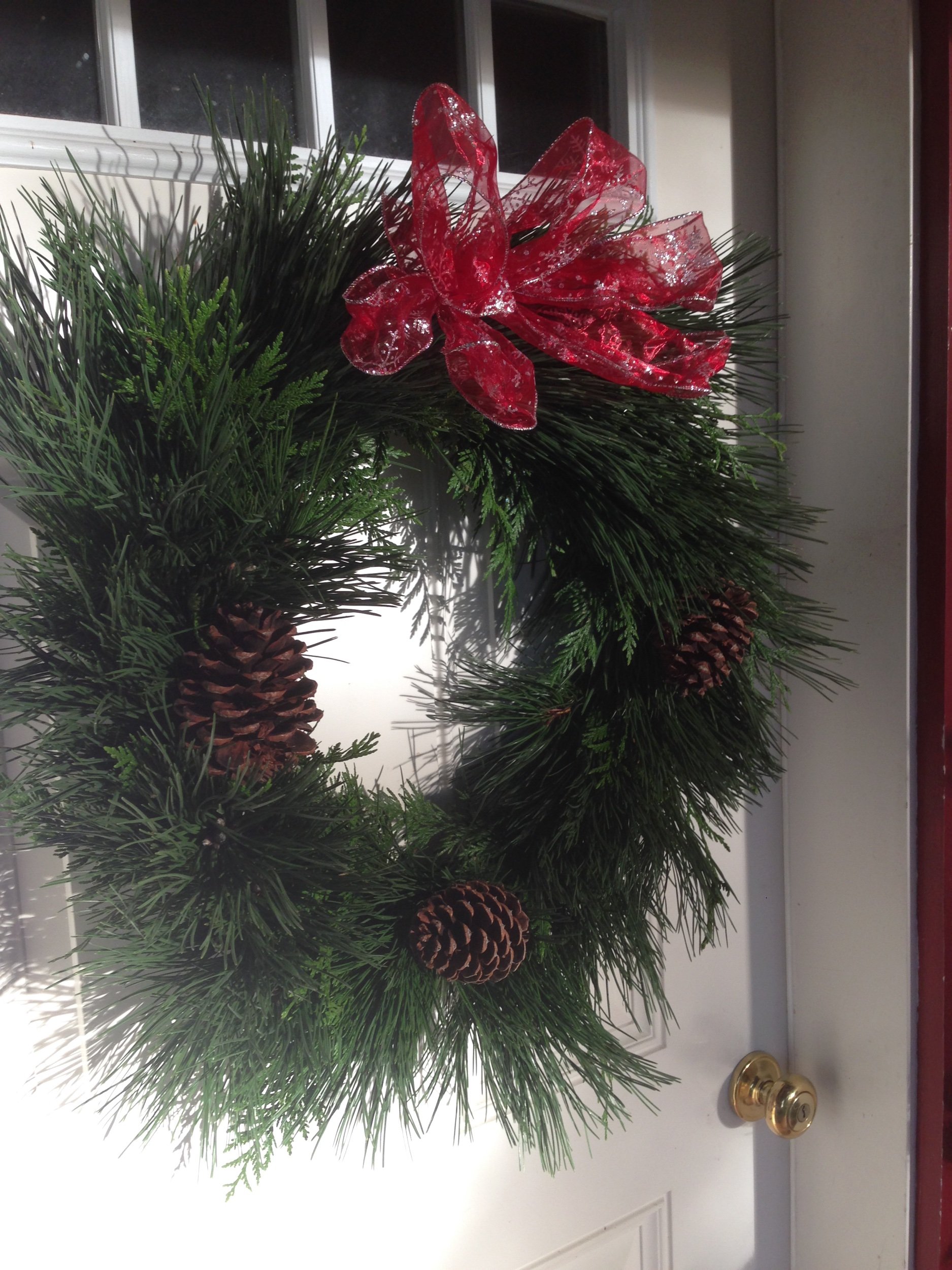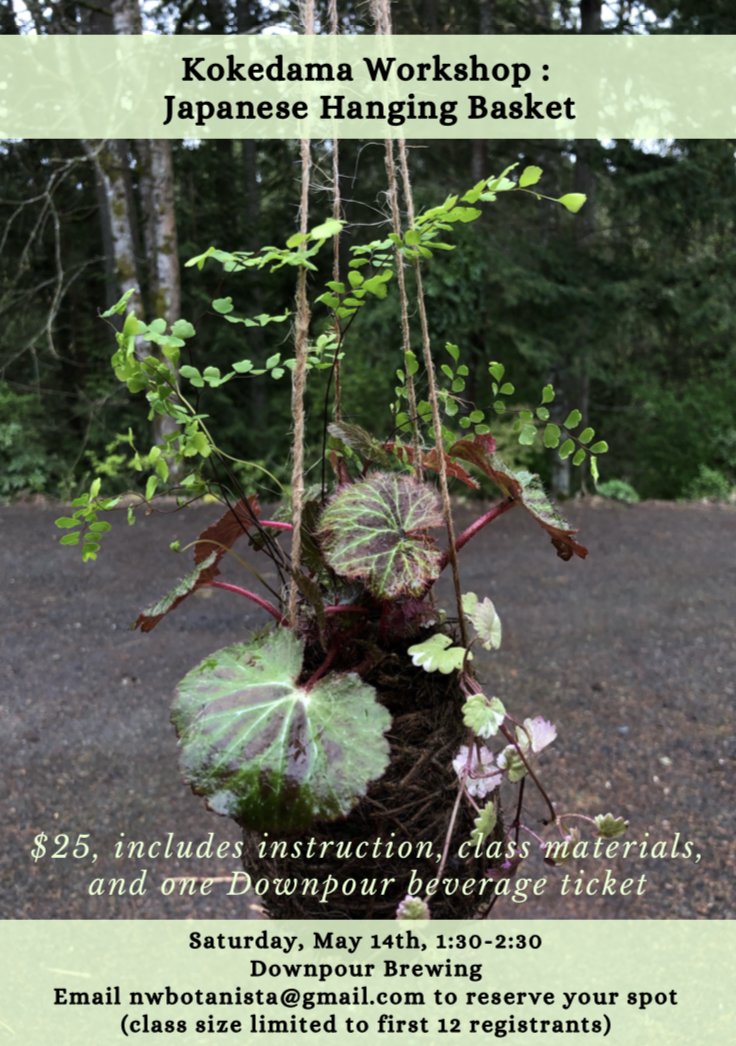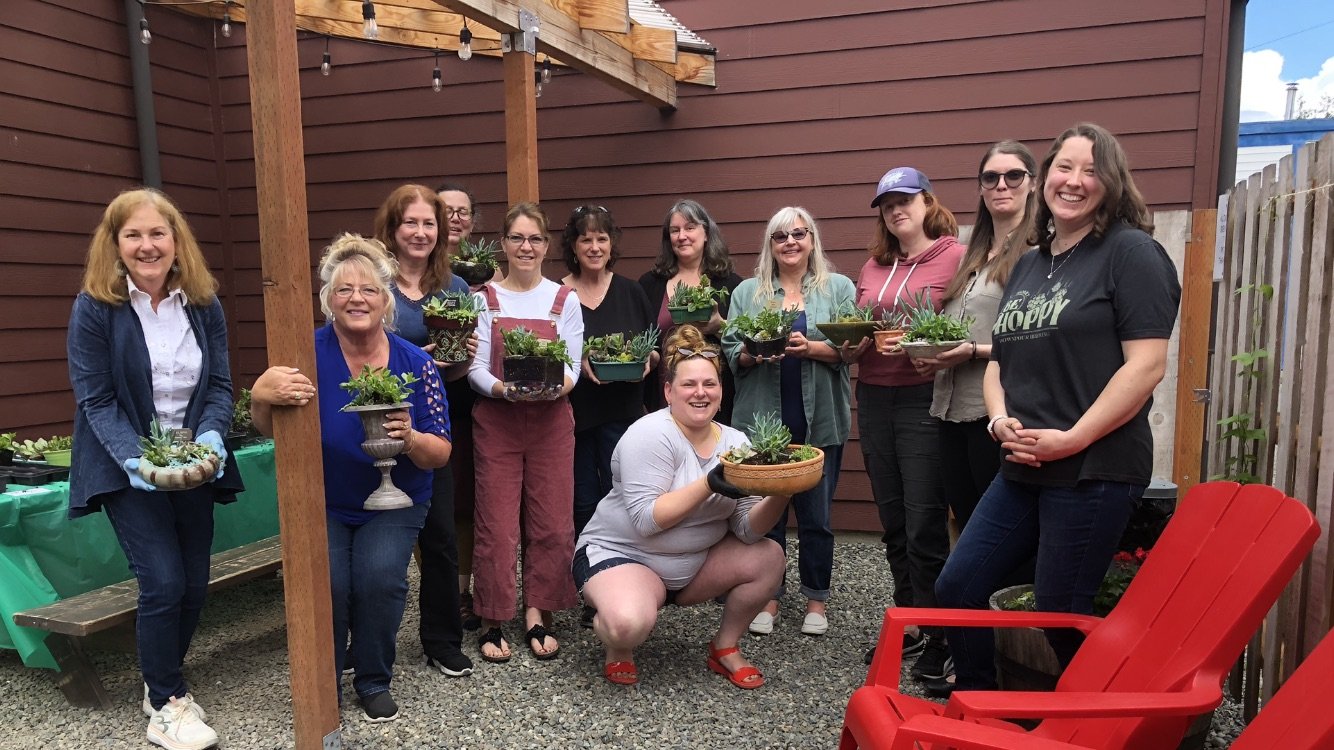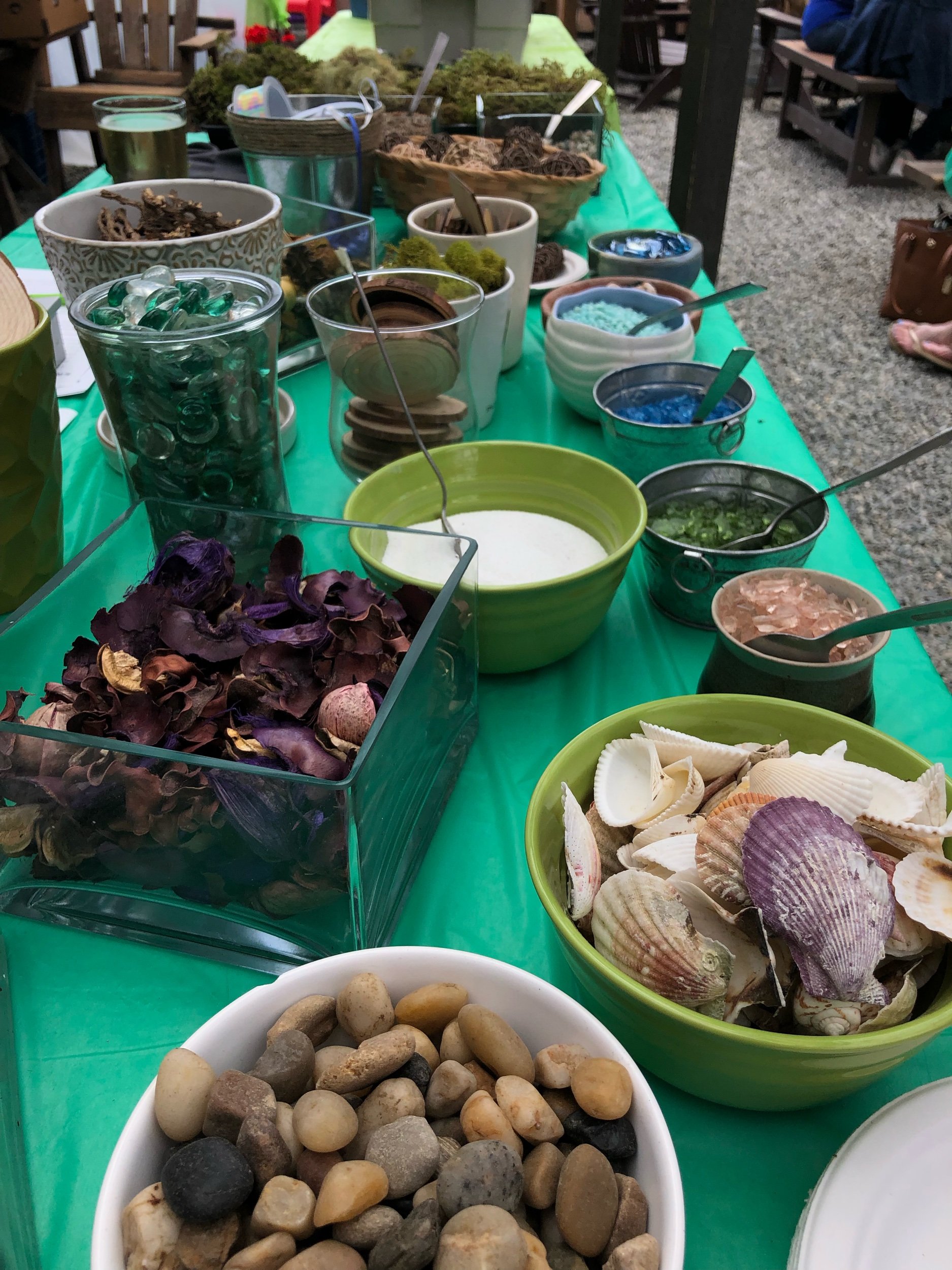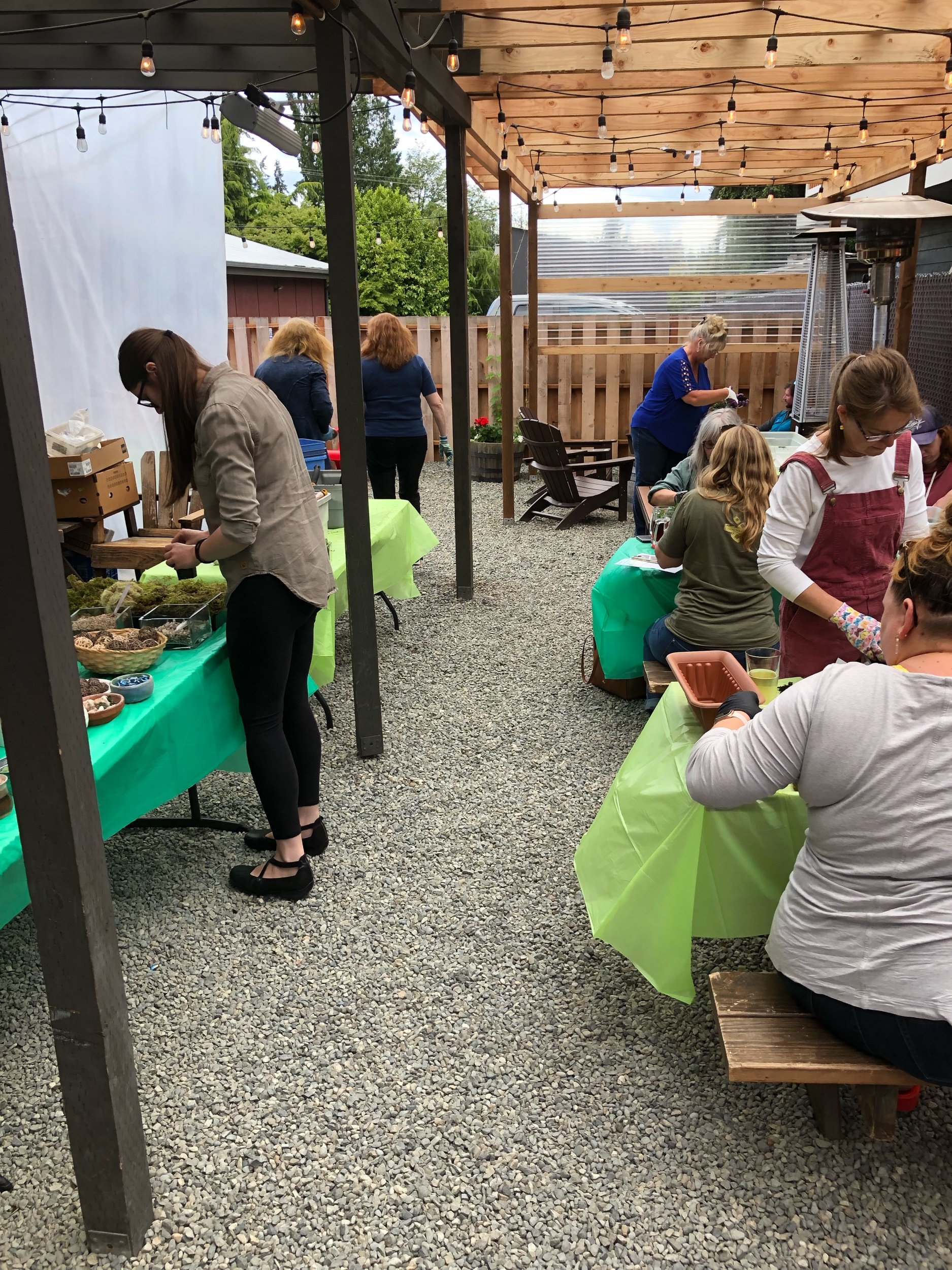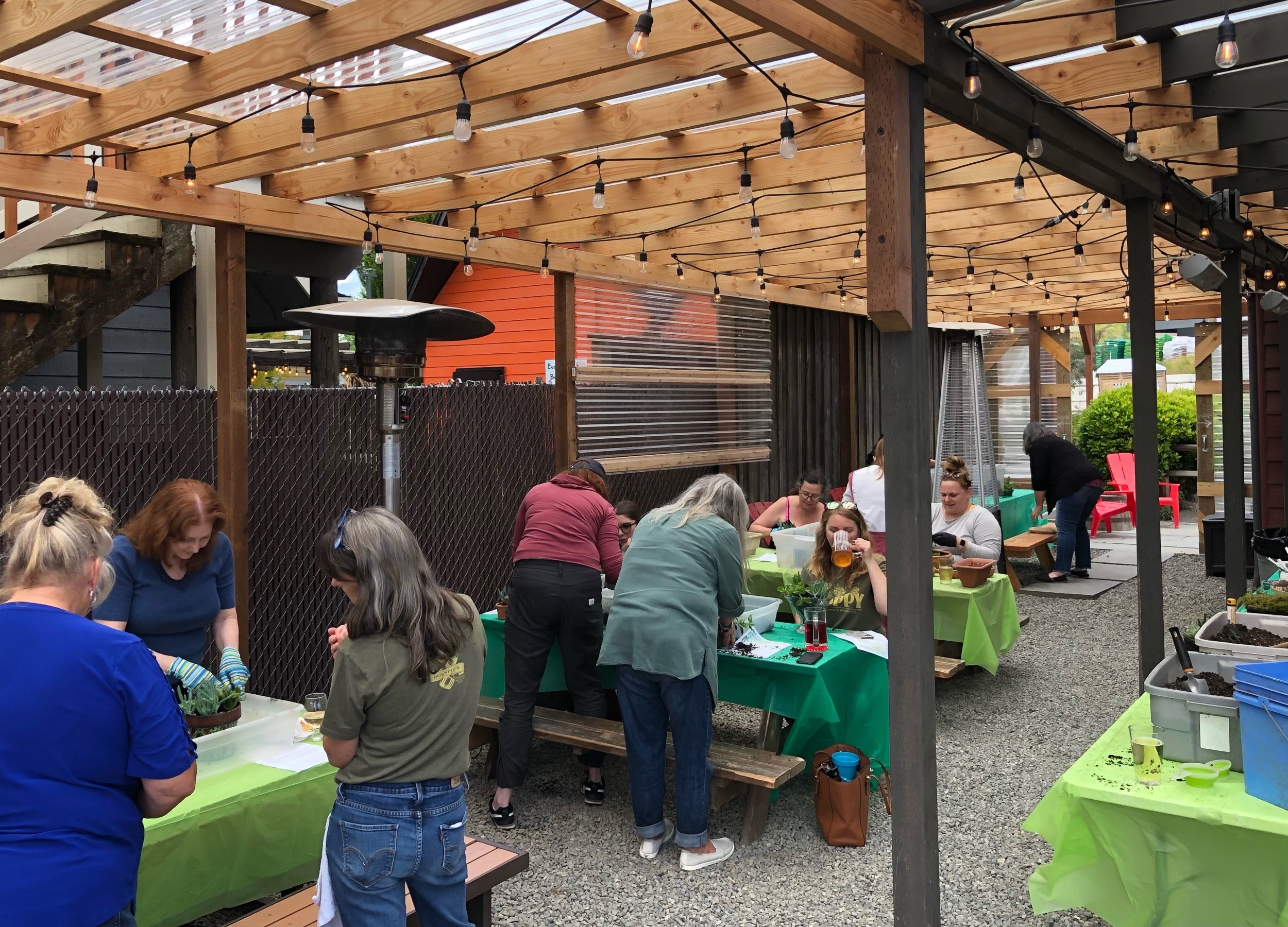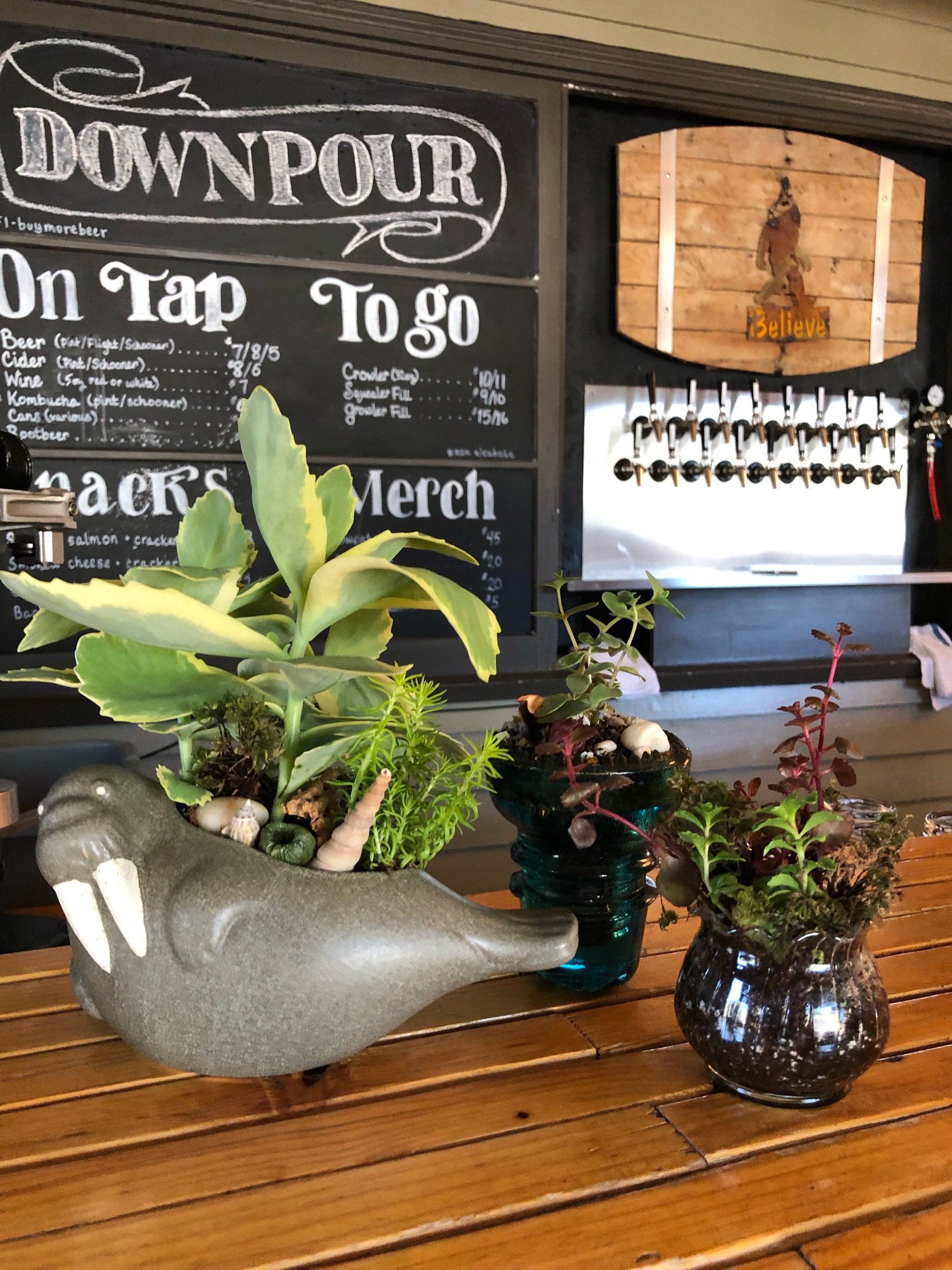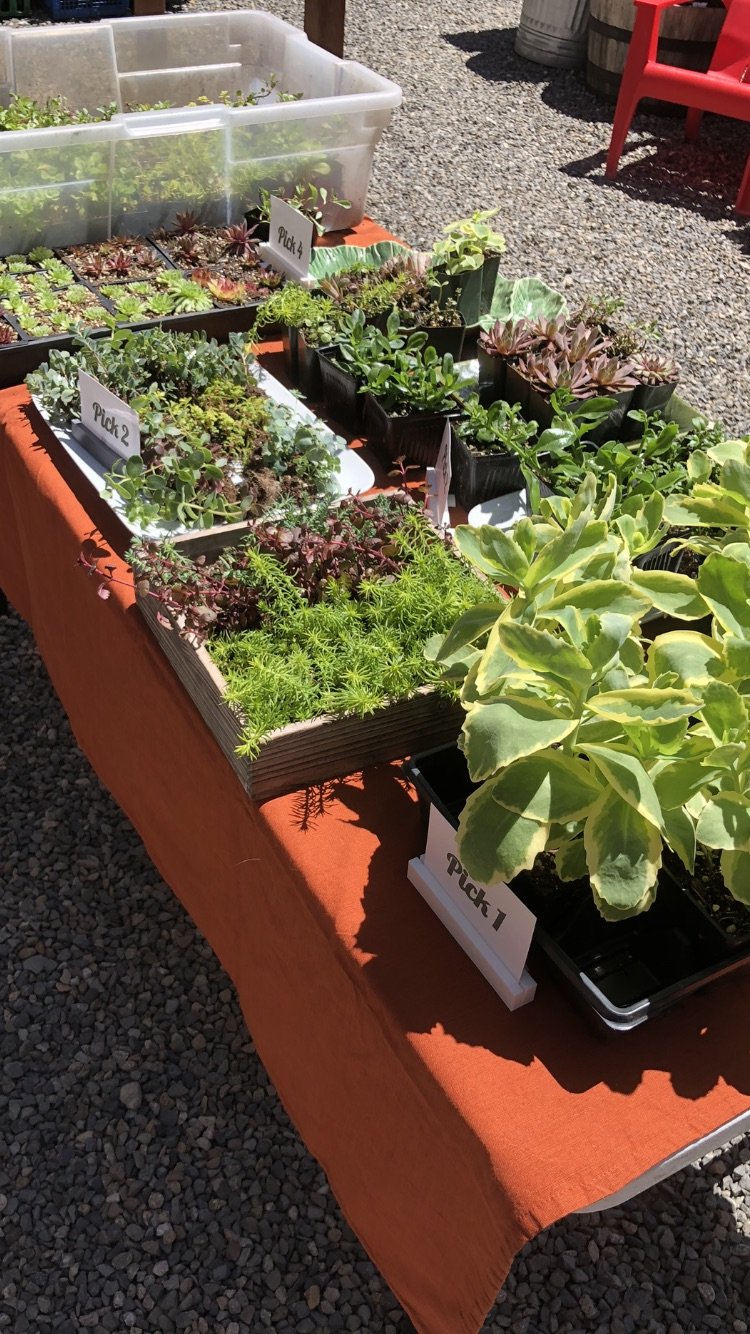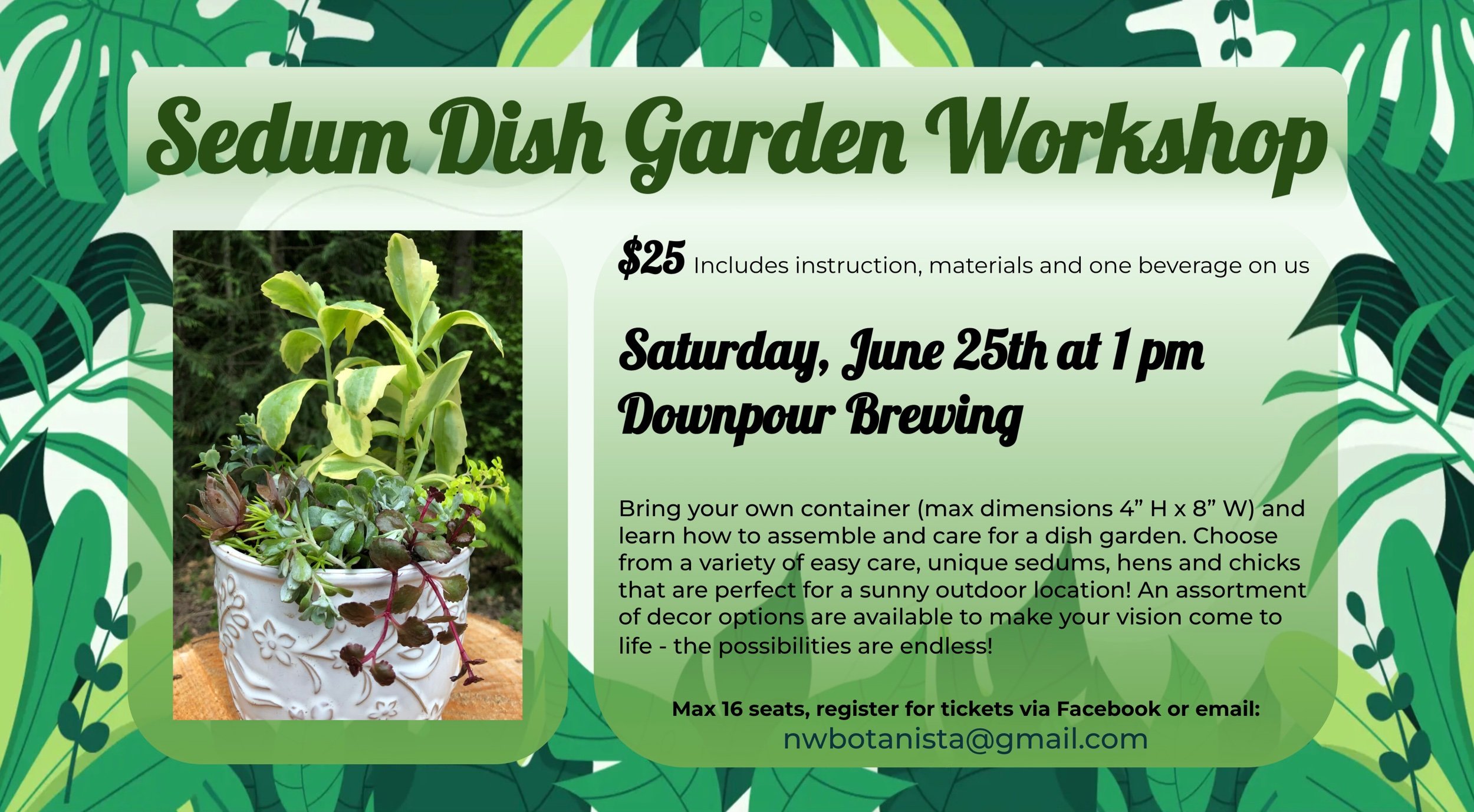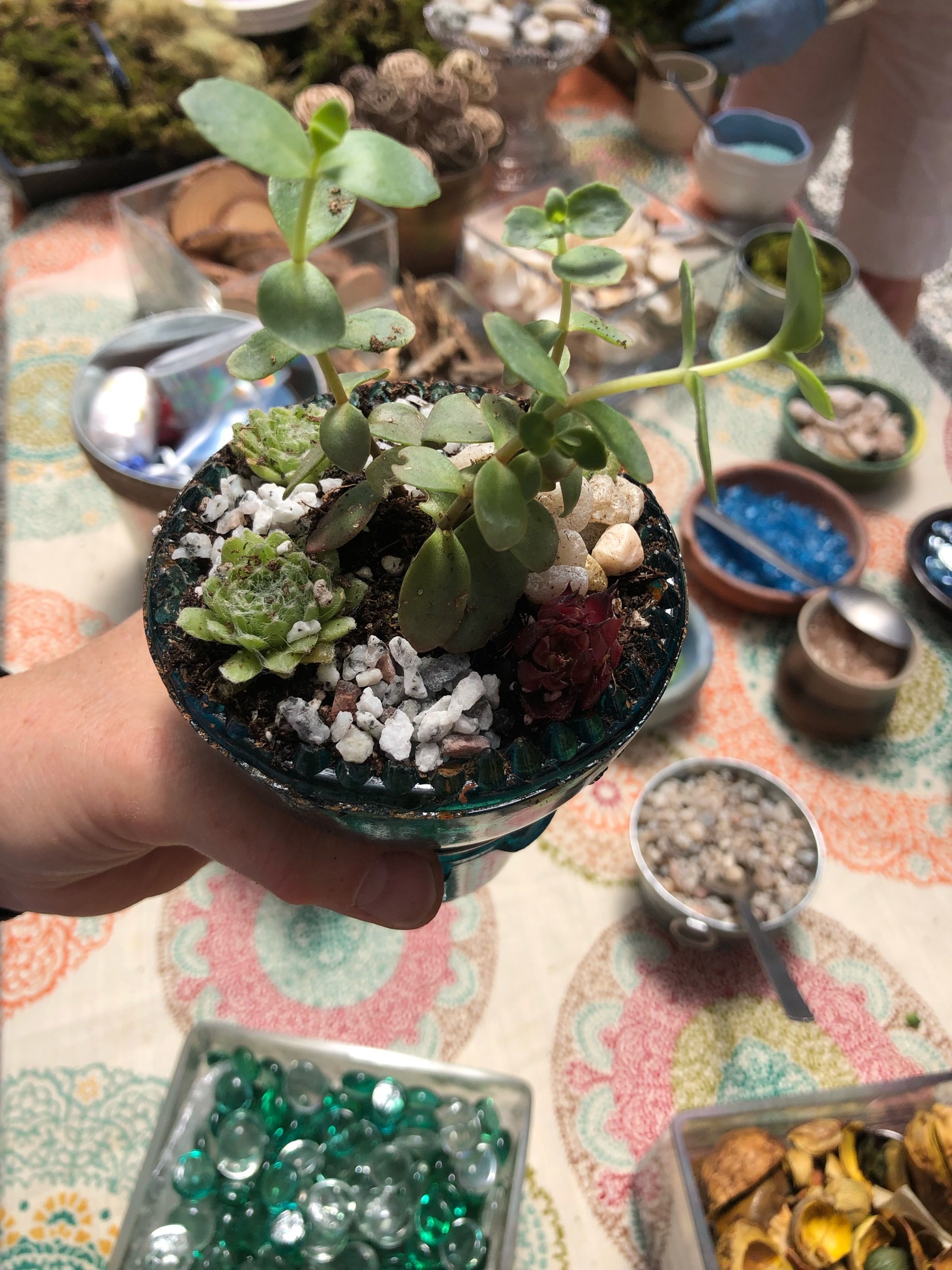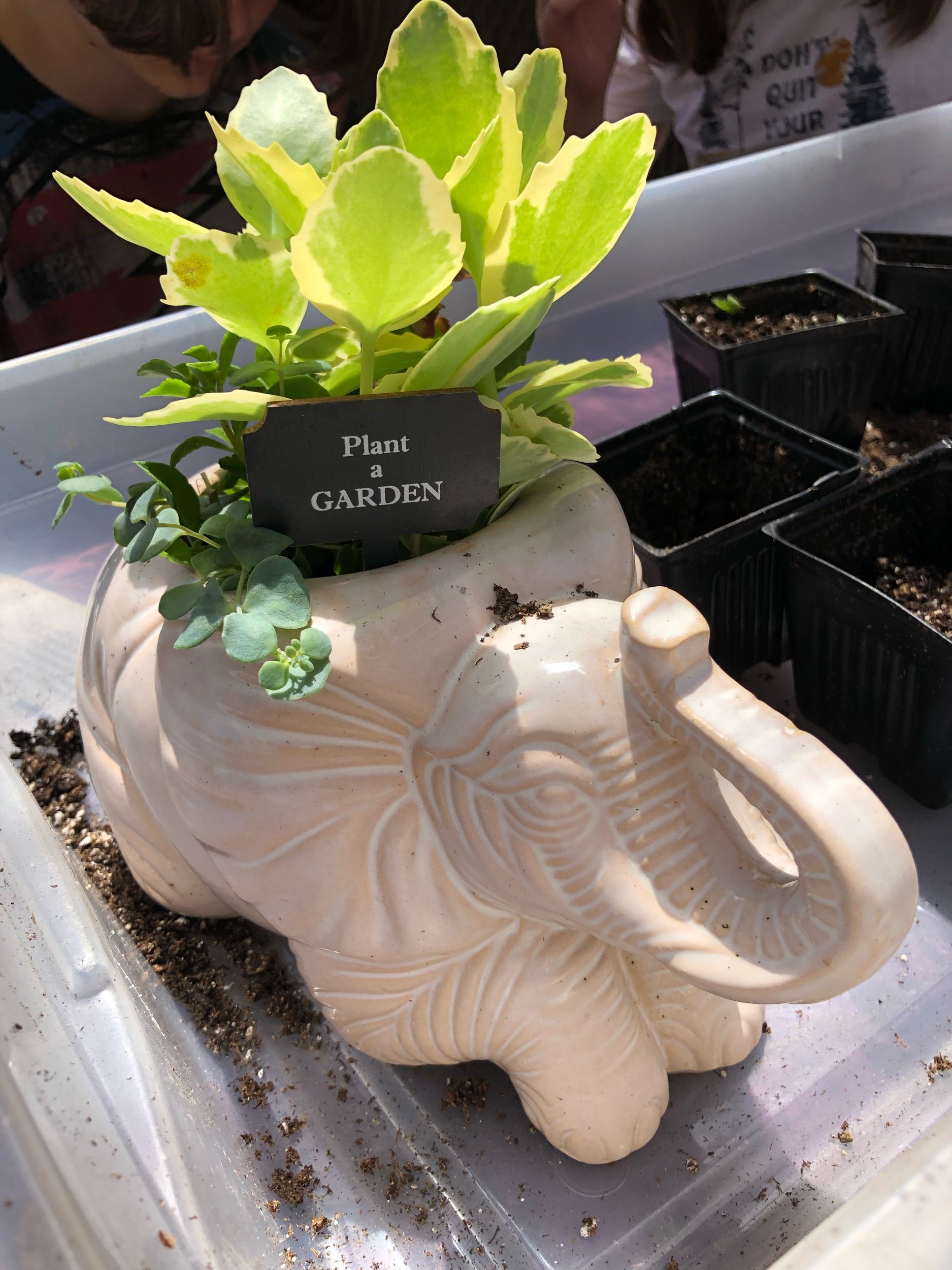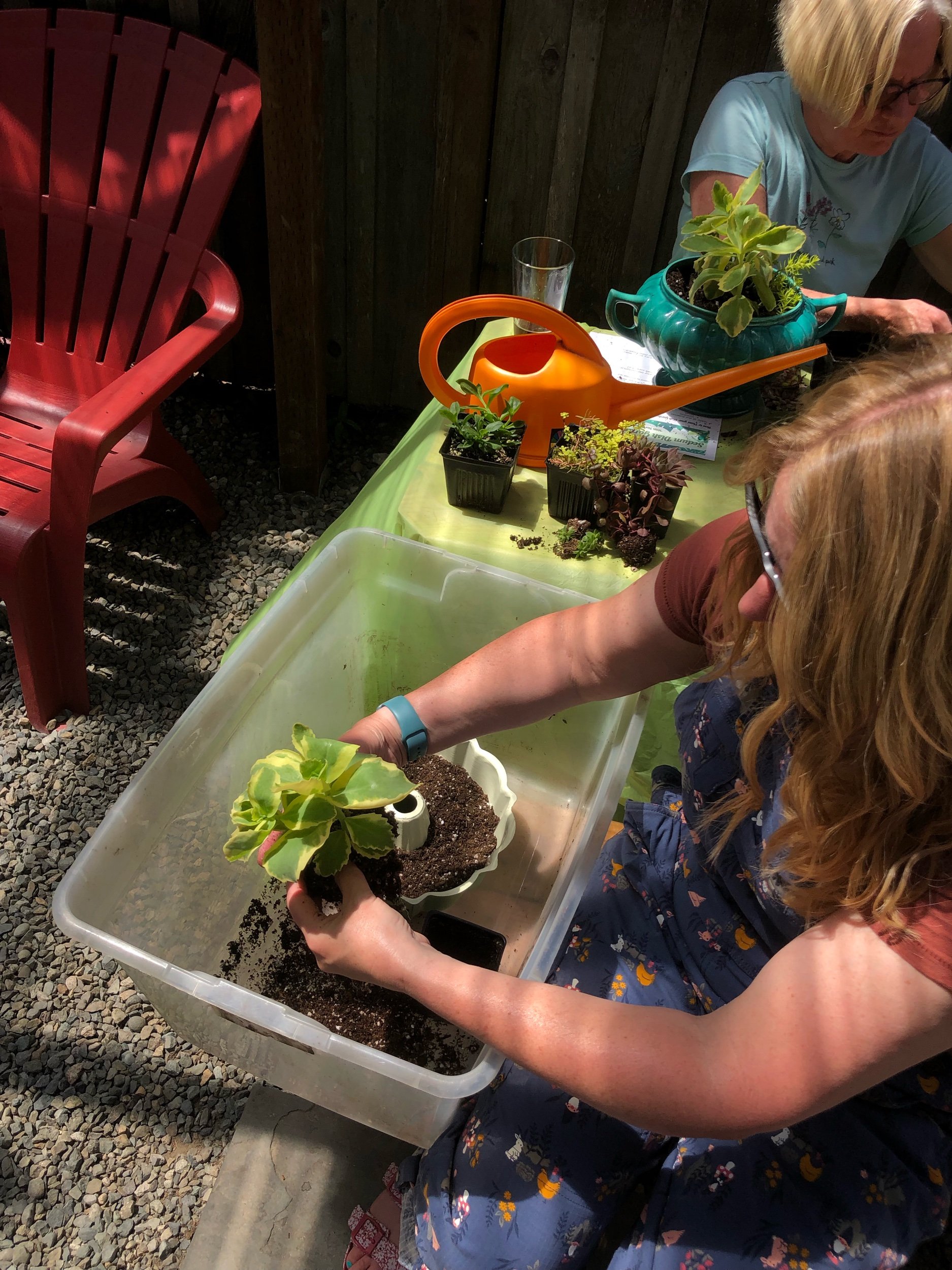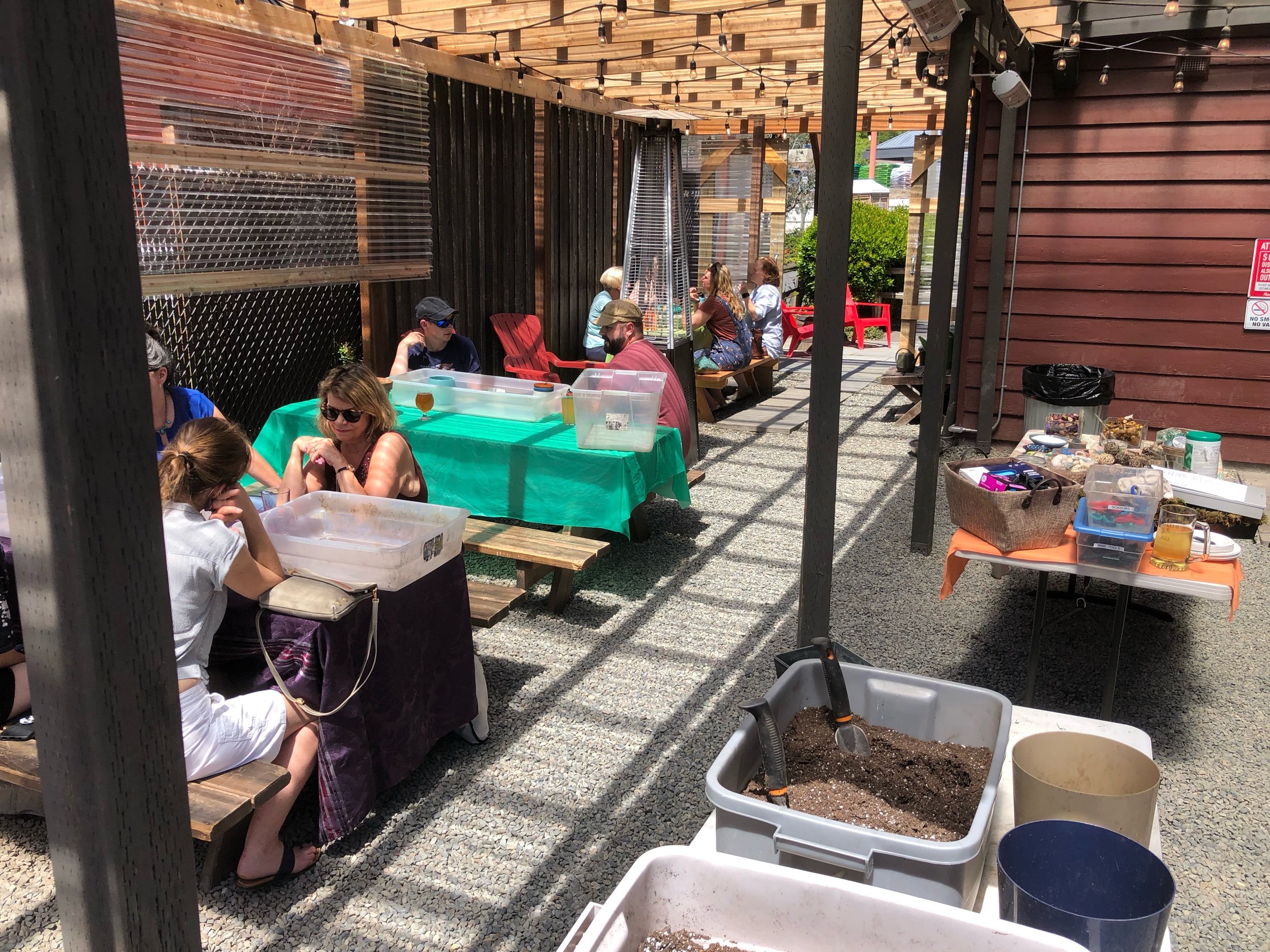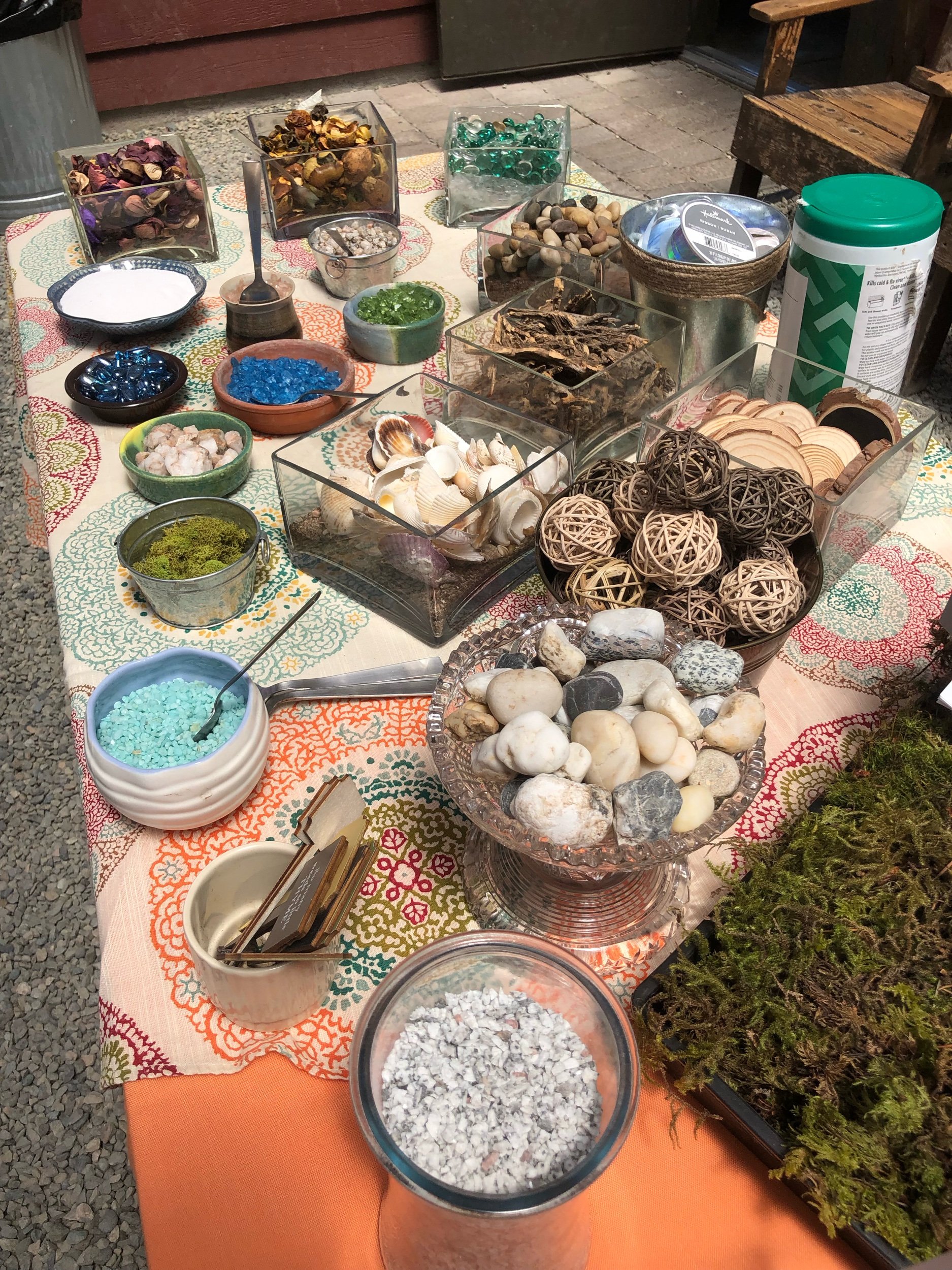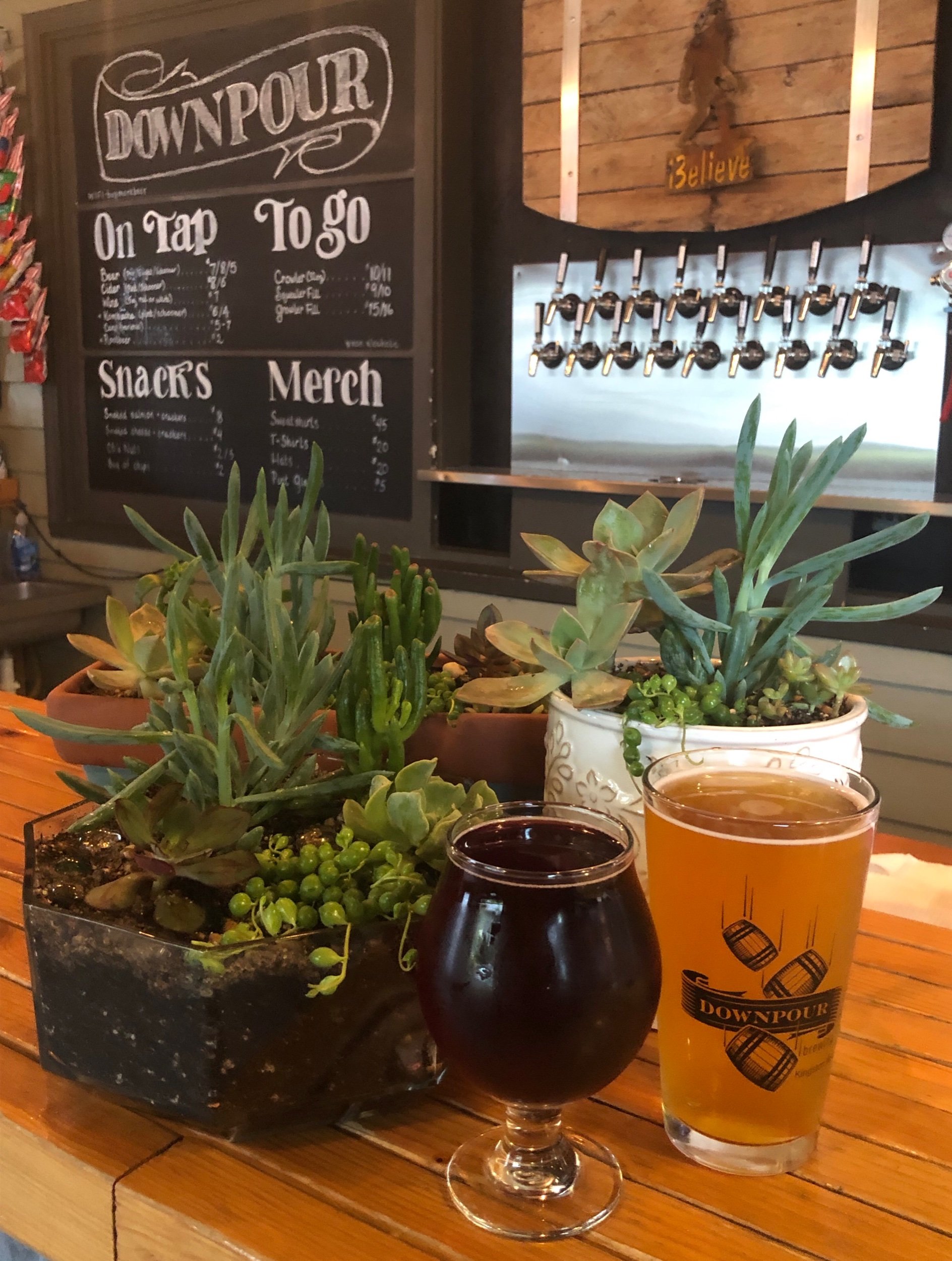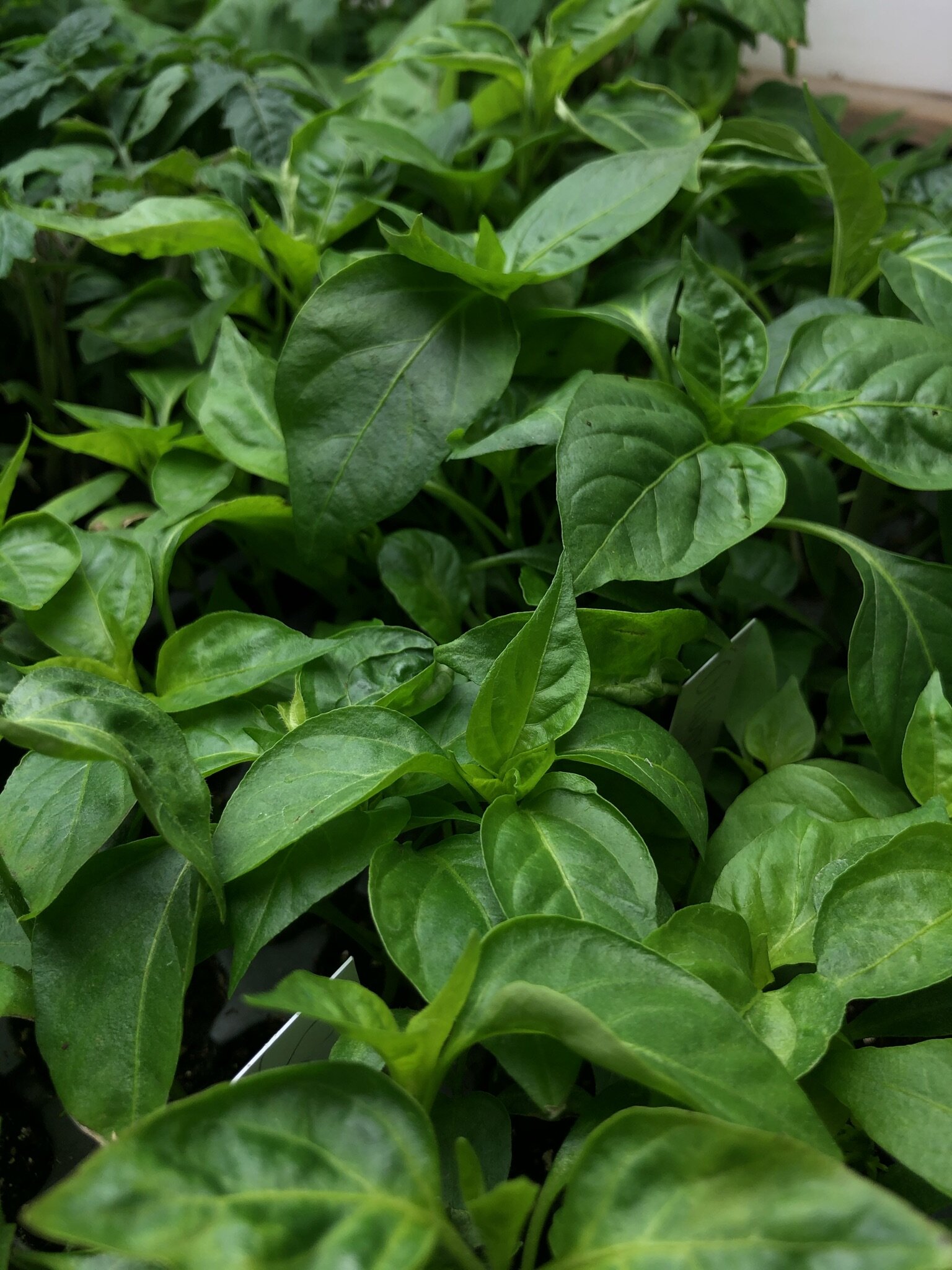It is fun to mark annual events such as the Winter Solstice (in a few weeks), but it is more accurate as a gardener to think in terms of meteorological factors. Today marks the first day of meteorological winter, which is measured in three month cycles based on common patterns in temperature. I read a good article that I’d like to share - it has great information about the Seattle and surrounding area regarding this year’s high rainfall surpassing records - 5th wettest since 1945. Click here to read the Meteorological Winter article
With that said, the NOAA declared La Niña is back which predicts a pattern of a wetter and cooler than average winter. That means… SNOW? Maybe.
So, what do we need to do to prepare our garden for the winter season?
Tuck your tender plants closer to the house, mulch if you are concerned about hardiness. Loss happens, but that is the risk we take when picking out plants with zone denial brains! I have some plants that are more temperamental in the wetter areas of my garden, if you are concerned about Dahlia tubers or plants that are similar to “mush and muck out”, I would suggest to pull them and store dry.
I like to leave seedheads on plants as long as I can for the wildlife, such as Echinacea. Make sure all the herbaceous perennials, like hostas, peony, bleeding heart, and more are cleaned up- these tend to die back in the fall, but if you haven’t had the chance there’s no time like today to get out there and finish clean-up! Some perennials are just starting to feel the chill, like hardy fuchsias, and I wait till I’m ready to cut them back, sometimes leaving F. magellanica’s peely bark on display.
When it comes to leaf litter and raking, I tend to blow of the leaves on lawns and paths, raking some parts in the garden, but leaving a little bit here and there as a natural mulch for plants I’m temperature concerned about. I clean up the beds in early spring and add compost right when the tulip and daffodil bulbs really start emerging.
Winter is a wonderful time to prune most dormant deciduous trees and shrubs. It is easier to see what you need to remove when the leaves are gone! Always start by removing any dead, dying, diseased, and crossing branches (this can be done ANY time of year). Research the tree first before making additional cuts. Some plants are practically untouchable and will sucker and water sprout on you while others will do the same if you remove too much. The common rule of thumb is no more than 1/3 of branches for shrubs and small trees, and 1/4 for large trees. I would lean more conservatively when it comes to pruning unless I know the specific plant can handle it. Some shrubs and trees can be coppiced to the ground, like a royal purple smoke bush; You sacrifice blooms, but in return, its suckers reach for the sky! Think before you prune and don’t wait till late winter/early spring. The sap begins to flow before the buds emerge, and you run the risk of water sprouts!
If it does snow, I like to do a garden walkabout and brush off any snow that might weigh down any branches on small trees and shrubs. Just thinking of snow is making me excited!!
Till next time
Alison




